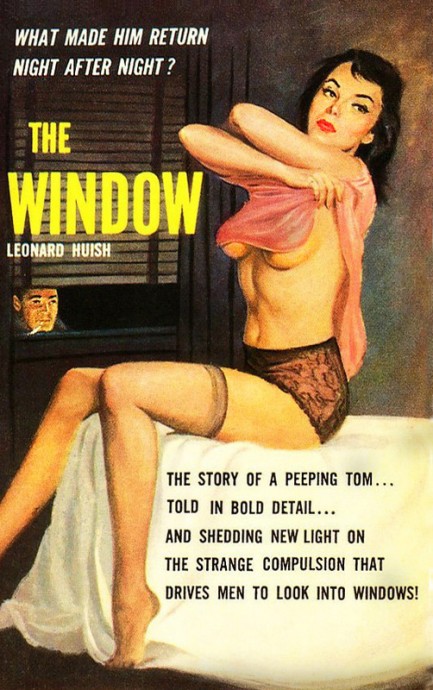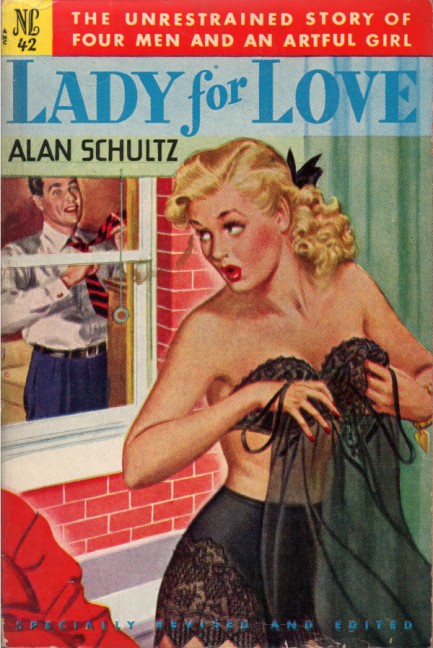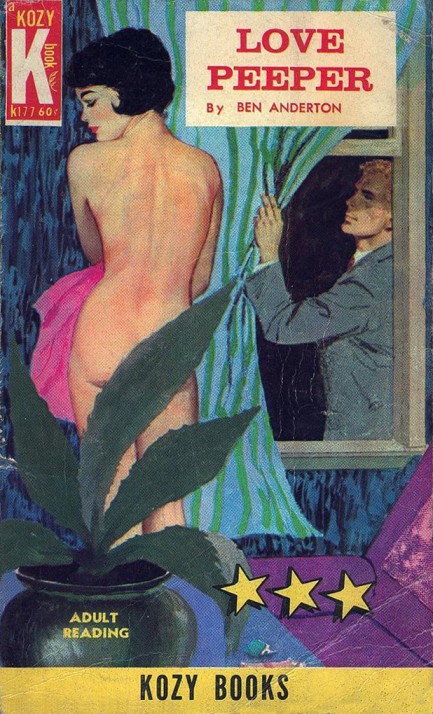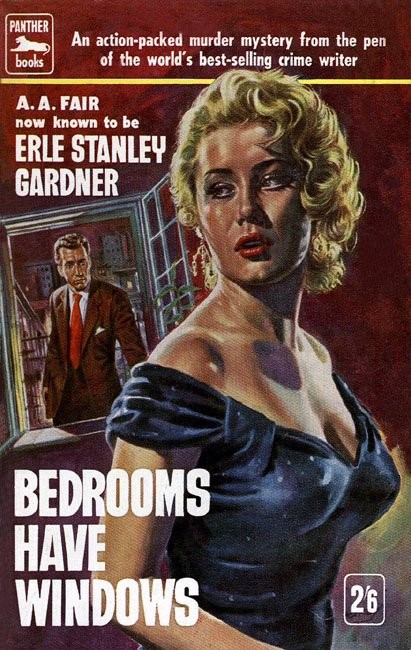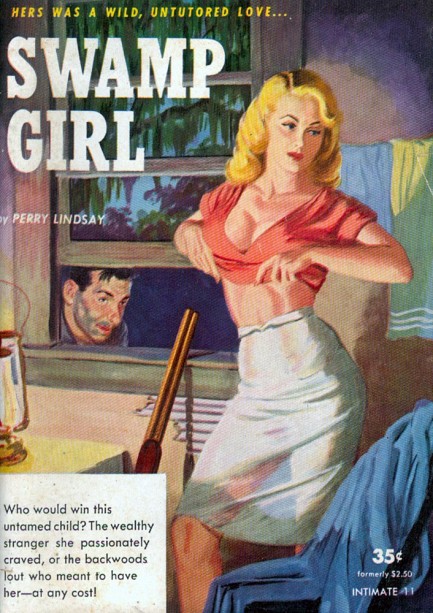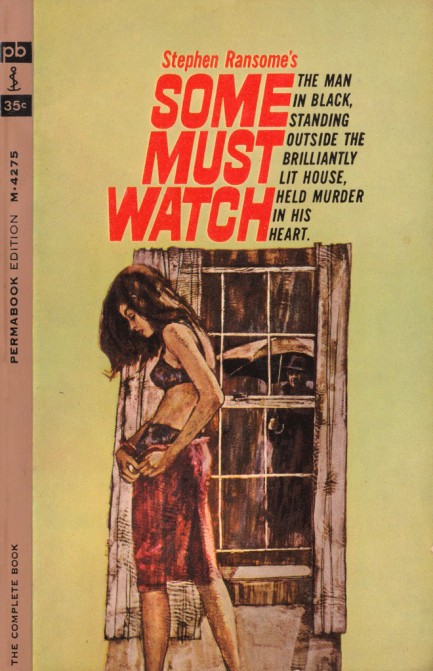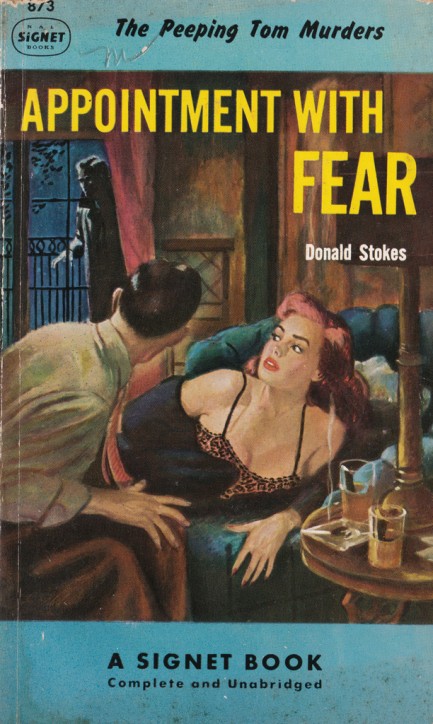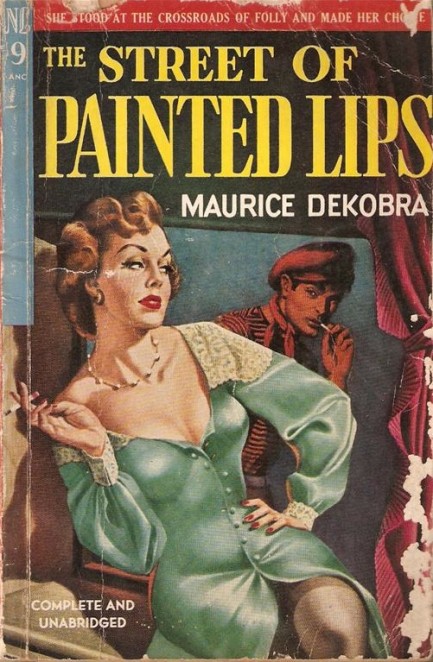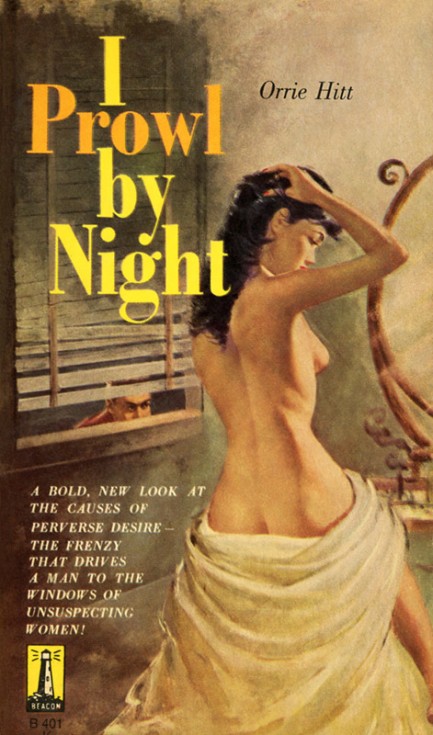| Vintage Pulp | Jan 5 2016 |

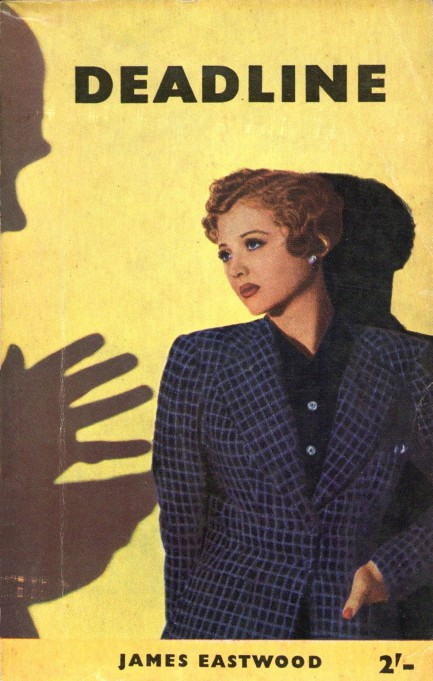
Above and below are assorted covers featuring yet another fun mid-century paperback art motif—the looming or threatening shadow. The covers are by the usual suspects—Rader, Phillips, Gross, Caroselli, Nik, as well as by artists whose work you see less often, such as Tony Carter’s brilliant cover for And Turned to Clay. That's actually a dust jacket, rather than a paperback front, but we couldn't leave it out. You’ll also notice French publishers really liked this theme. We’ll doubtless come across more, and as we do we’ll add to the collection. This is true of all our cover collections. For instance, our post featuring the Eiffel Tower has grown from fifteen to twenty-two examples, and our group of fronts with syringes has swelled from thirteen to twenty-six images. We have twenty-four twenty-six—see what we mean?—more shadow covers below, and thanks to all original uploaders.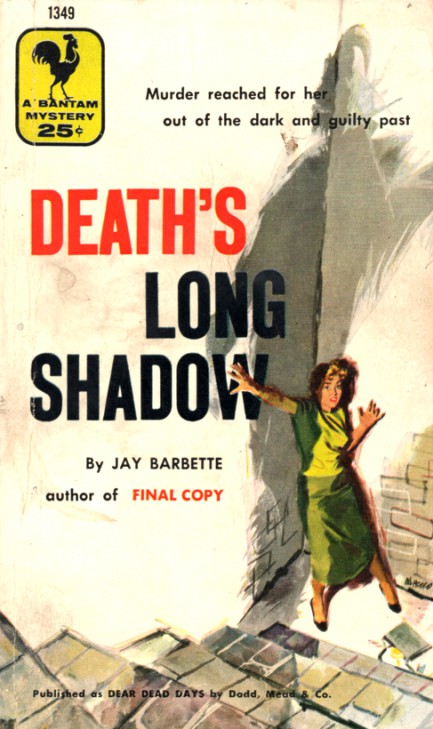
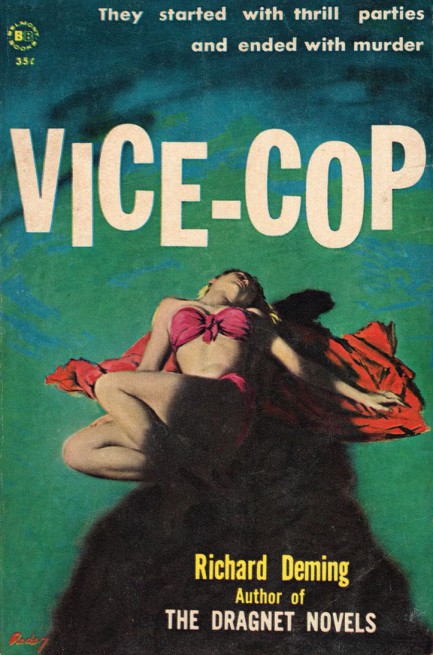
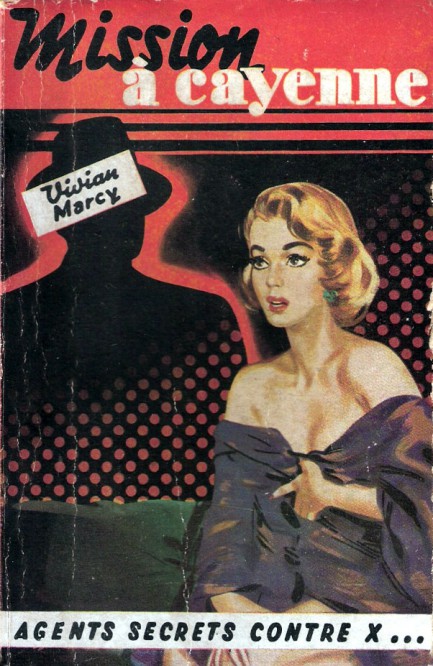
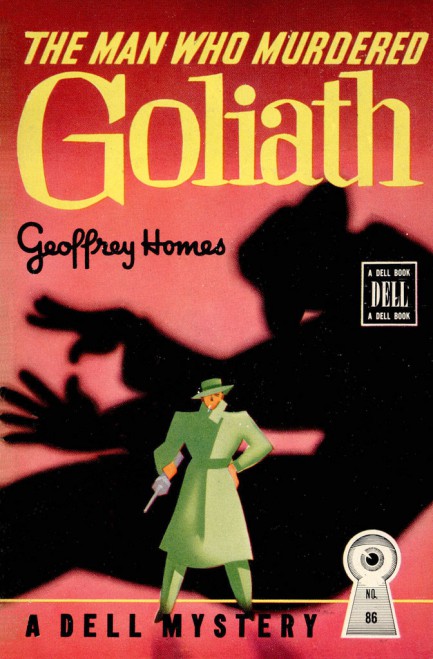
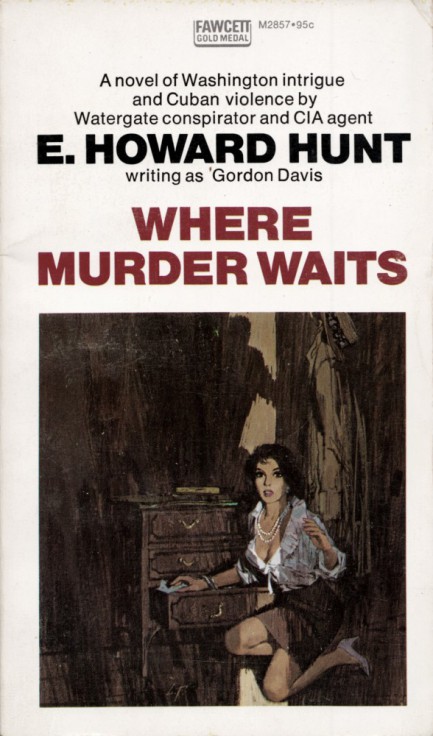
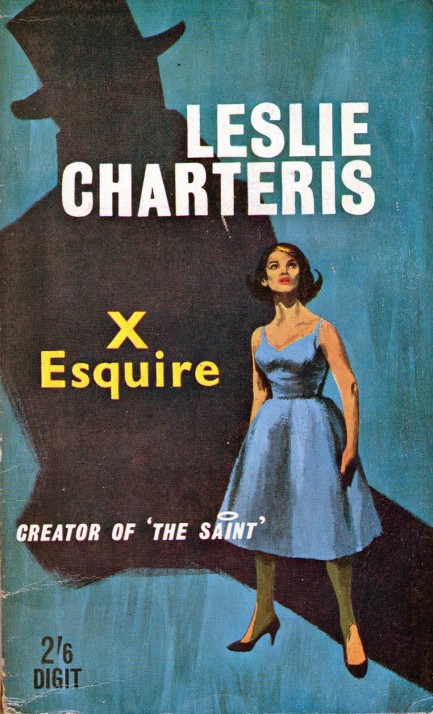
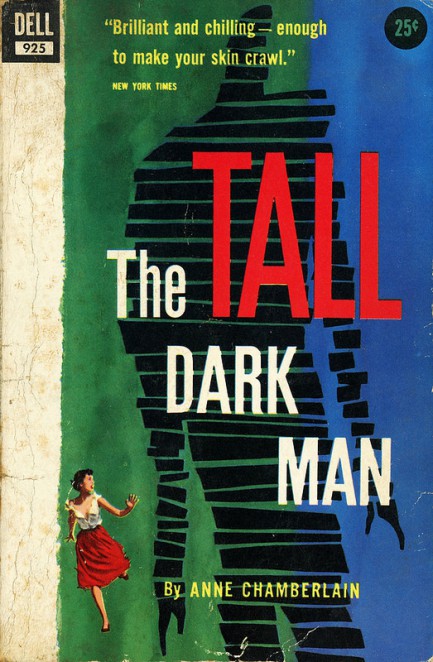
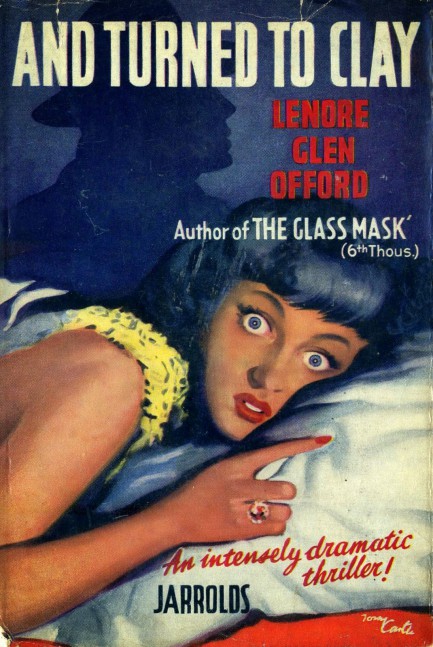
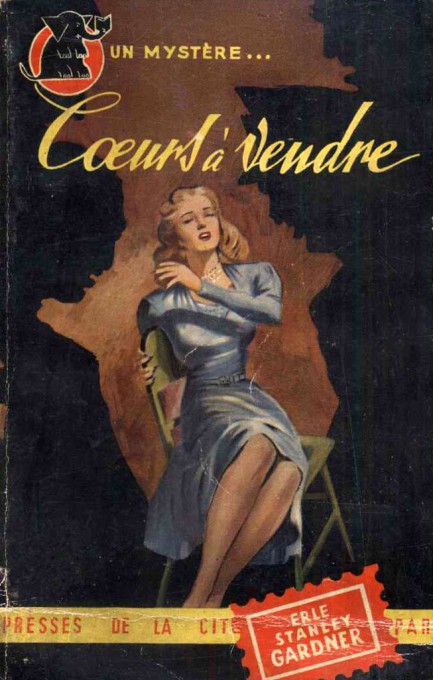
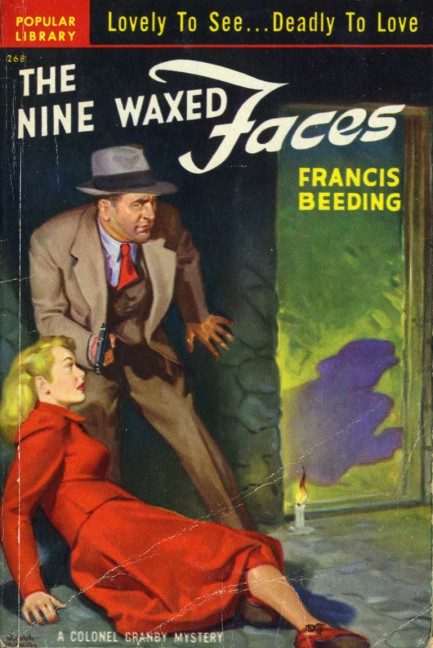
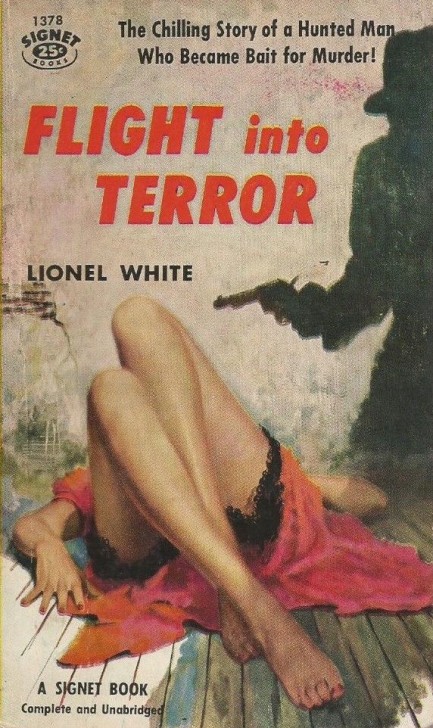
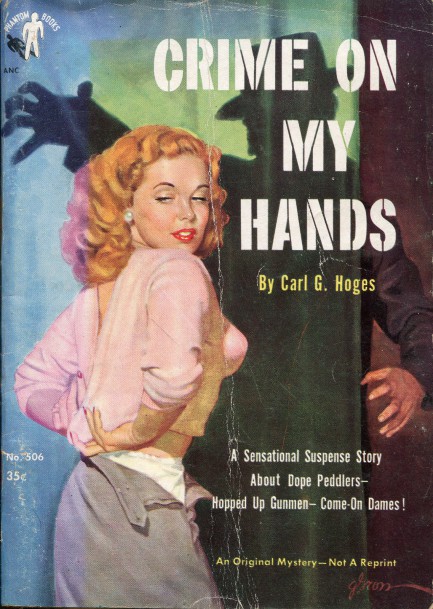
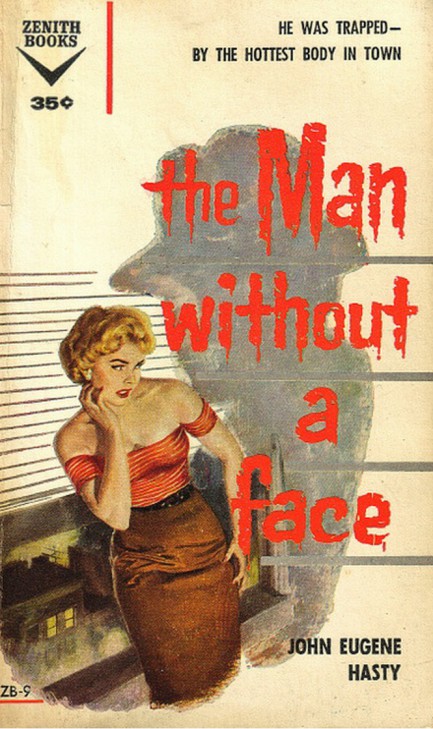
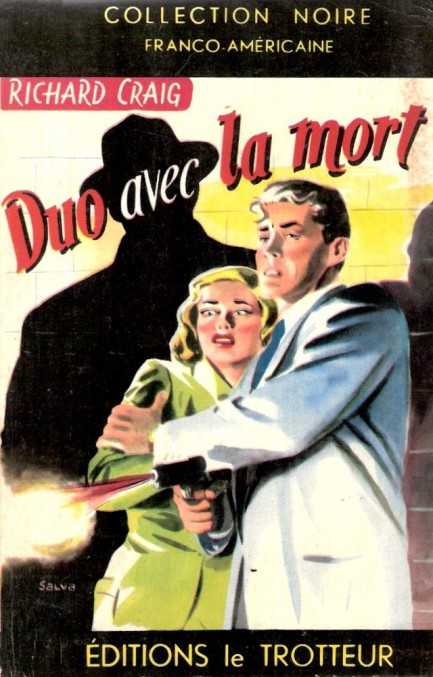
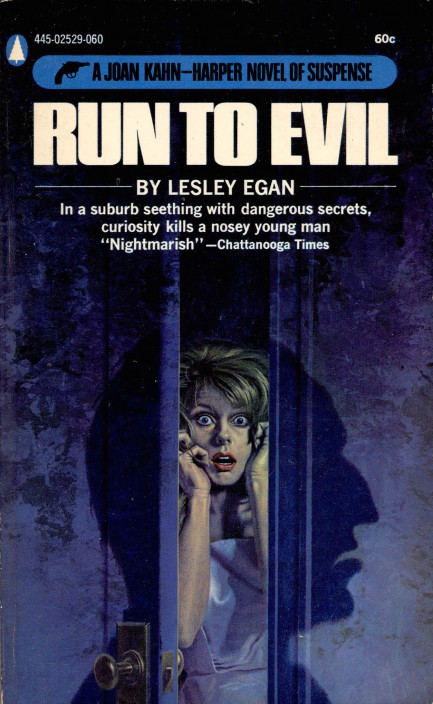

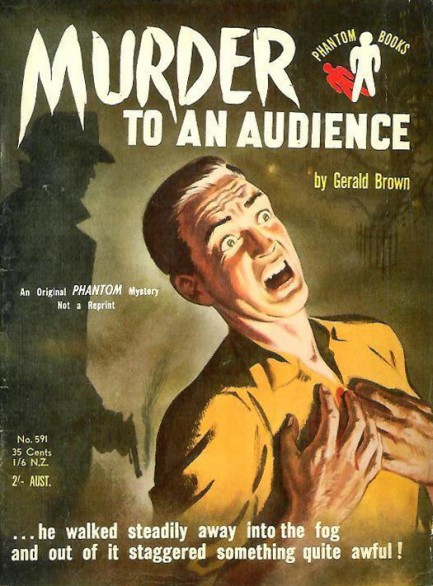
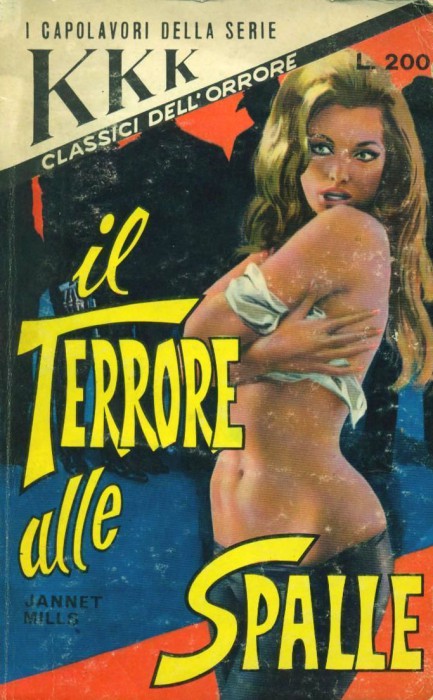
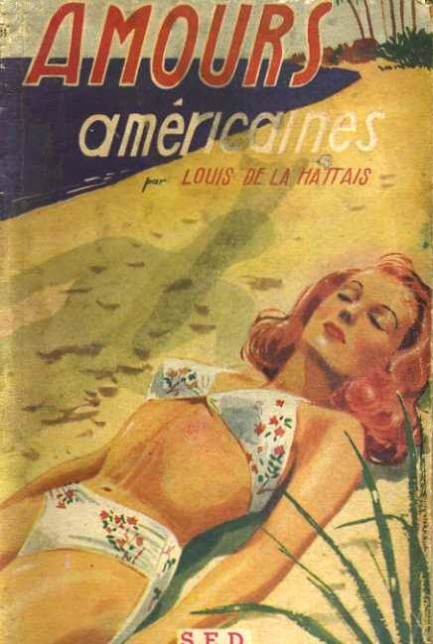

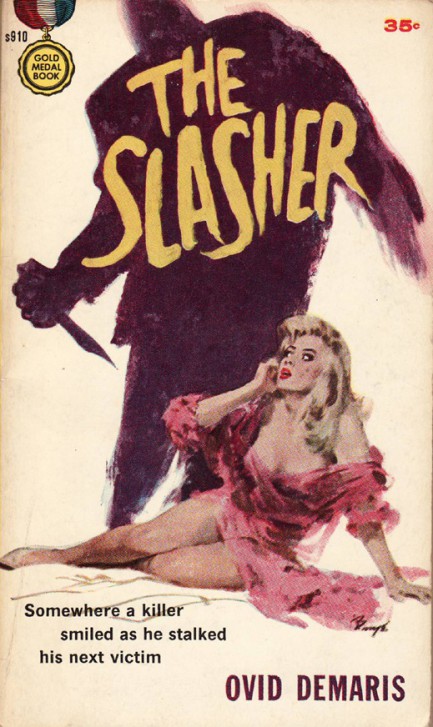
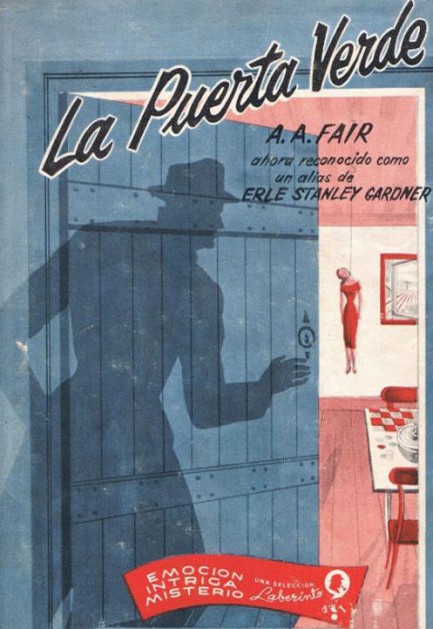
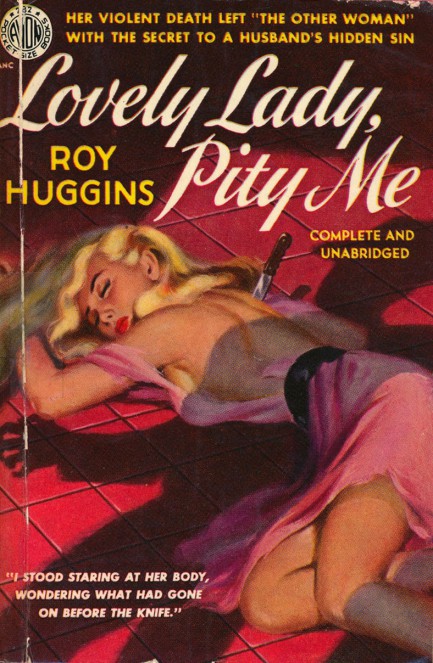
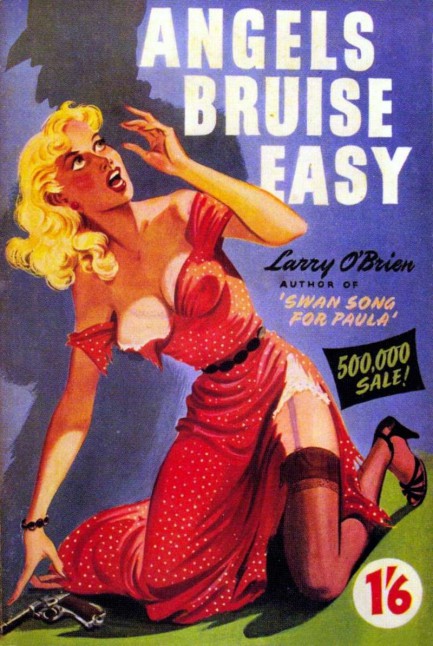
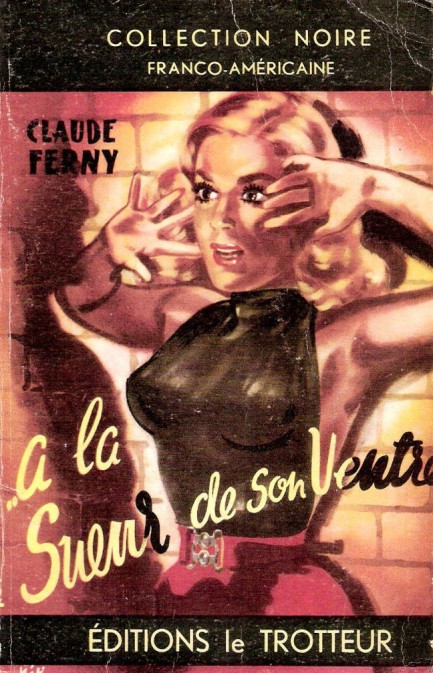
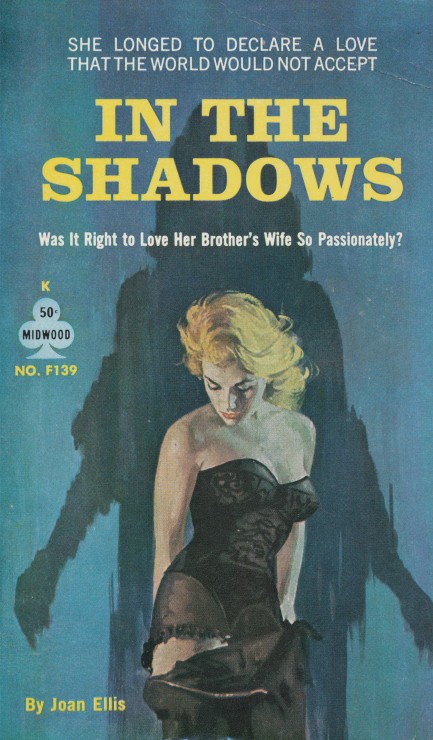
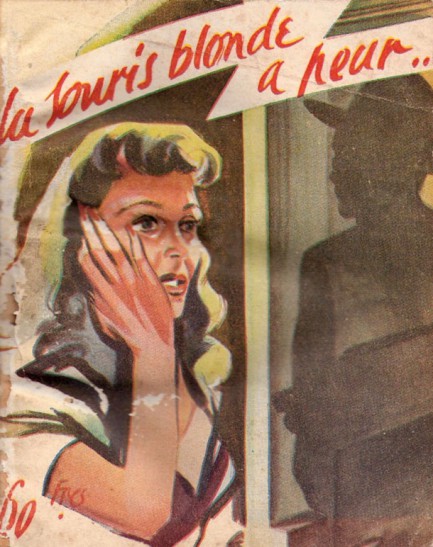
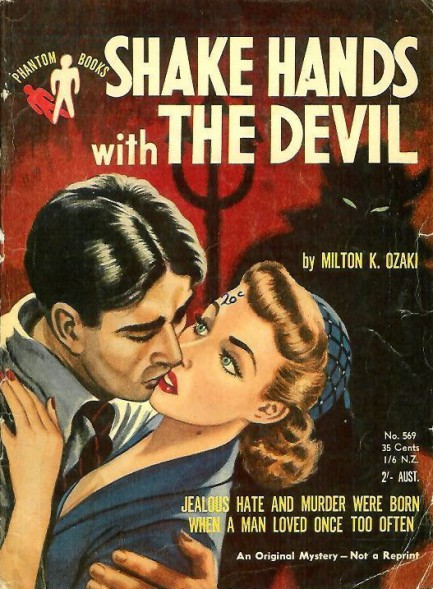
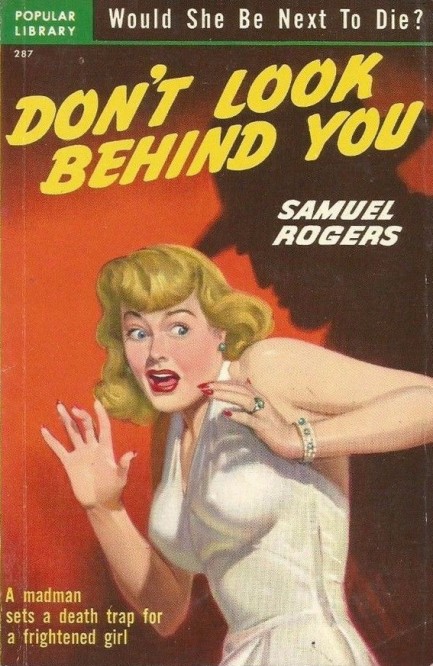
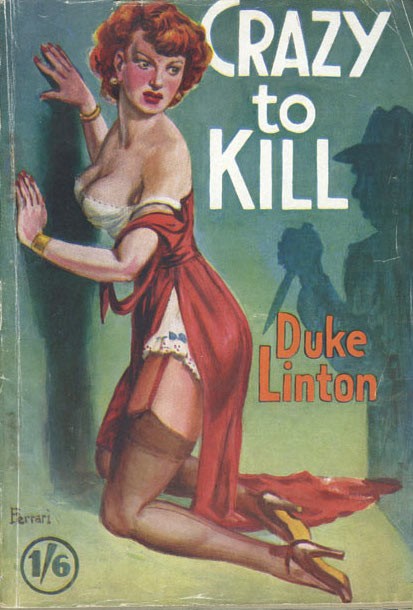
| Vintage Pulp | Dec 21 2015 |

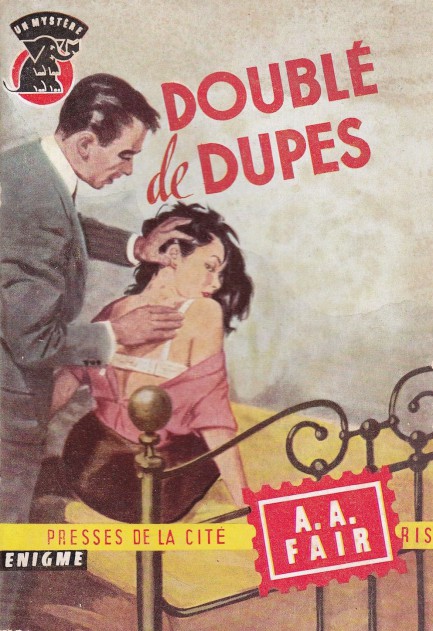
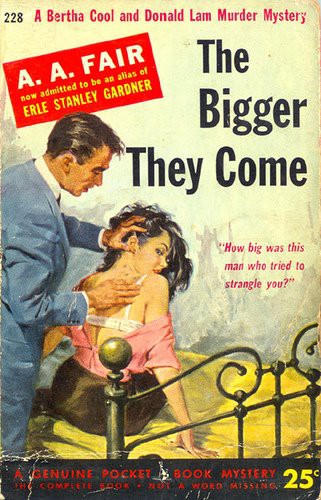 A.A. Fair's Doublé de dupes, which is a translation of The Bigger They Come, was first published in hardback in 1939, appeared as a U.S. paperback from Pocket Books in 1952, and above in 1958. It's the first in a series starring sixty-something private investigator Bertha Cool and her pint-sized sidekick Donald Lam. Fair, aka Erle Stanley Gardner, had already made his Perry Mason series a success and the Cool/Lam shift got him out of the courtroom. In this one the protagonists attempt to serve divorce papers, but of course the seemingly simple task falls apart spectacularly, leaving a man dead and Lam under suspicion of having committed a serious crime. The British version's title—Lam to the Slaughter—gives that aspect of the story away immediately. The curious cover art you see here by Maurice Thomas was used on both the U.S. and French versions (a bit of a surprise considering the six year gap) and shows Lam checking out injuries on the femme fatale, who has been attacked by another character. General consensus online is that this series improved greatly after the first couple of entries.
A.A. Fair's Doublé de dupes, which is a translation of The Bigger They Come, was first published in hardback in 1939, appeared as a U.S. paperback from Pocket Books in 1952, and above in 1958. It's the first in a series starring sixty-something private investigator Bertha Cool and her pint-sized sidekick Donald Lam. Fair, aka Erle Stanley Gardner, had already made his Perry Mason series a success and the Cool/Lam shift got him out of the courtroom. In this one the protagonists attempt to serve divorce papers, but of course the seemingly simple task falls apart spectacularly, leaving a man dead and Lam under suspicion of having committed a serious crime. The British version's title—Lam to the Slaughter—gives that aspect of the story away immediately. The curious cover art you see here by Maurice Thomas was used on both the U.S. and French versions (a bit of a surprise considering the six year gap) and shows Lam checking out injuries on the femme fatale, who has been attacked by another character. General consensus online is that this series improved greatly after the first couple of entries.| Vintage Pulp | Jul 17 2015 |


We have another collection today as we prepare to jet away on vacation with the girls. Since the place we’re going is known for rowdy British tourists (what place isn’t known for that?), we thought we’d feature some of the numerous paperback covers featuring fights. You’ll notice, as with our last collection, the preponderance of French books. Parisian publishers loved this theme. The difference, as opposed to American publishers, is that you almost never saw women actually being hit on French covers (we’d almost go so far as to say it never happened, but we’ve obviously not seen every French paperback ever printed). The French preferred man-on-man violence, and when women were involved, they were either acquitting themselves nicely, or often winning via the use of sharp or blunt instruments.
Violence against women is and has always been a serious problem in the real world, but we’re just looking at products of the imagination here, which themselves represent products of the imagination known as fiction. Content-wise, mid-century authors generally frowned upon violence toward women even if they wrote it into their novels. Conversely, the cover art, stripped of literary context, seemed to glorify it. Since cover art is designed to entice readers, there’s a valid discussion here about why anti-woman violence was deemed attractive on mid-century paperback fronts, and whether its disappearance indicates an understanding of its wrongness, or merely a cynical realization that it can no longer be shown without consequences. We have another fighting cover here, and you may also want to check out our western brawls here.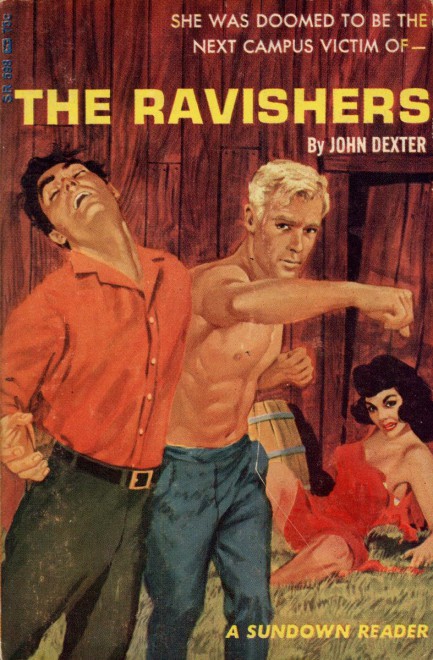
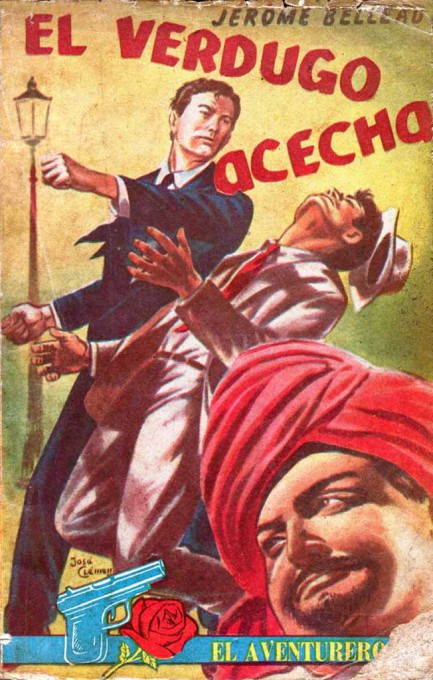
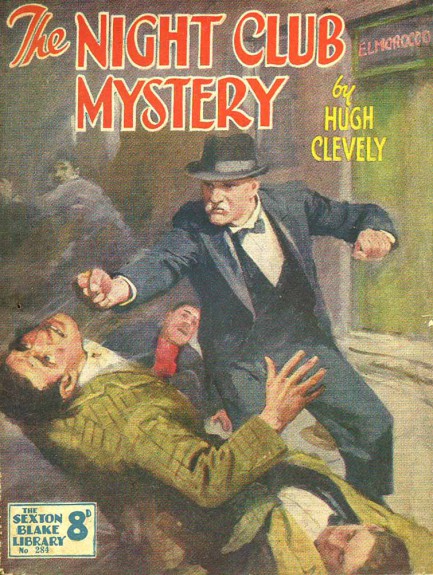
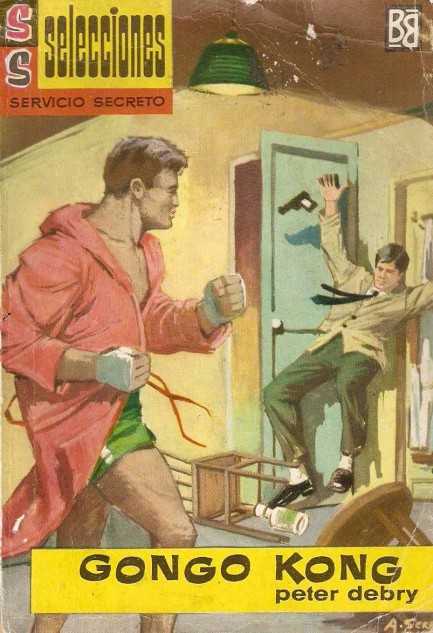
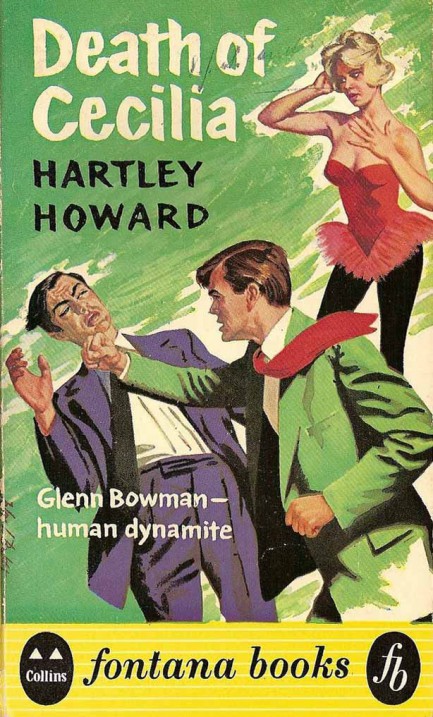
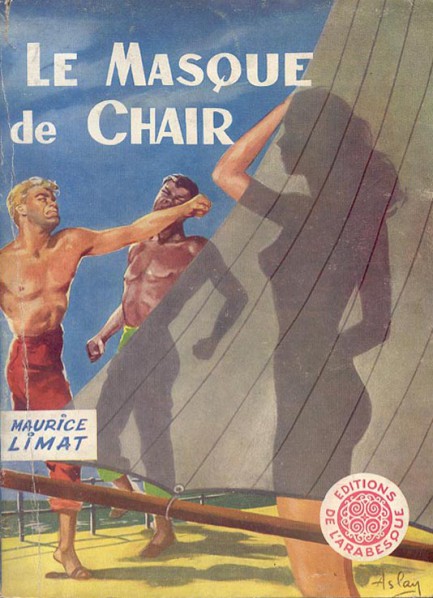
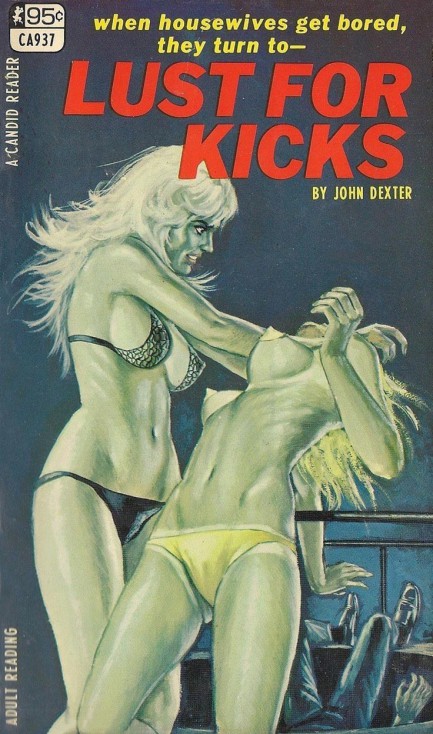
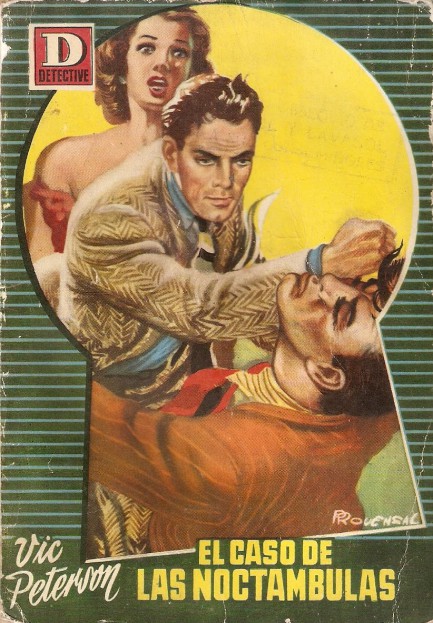
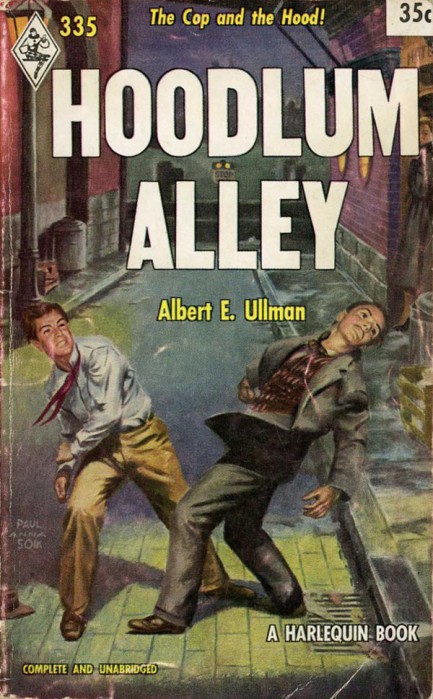
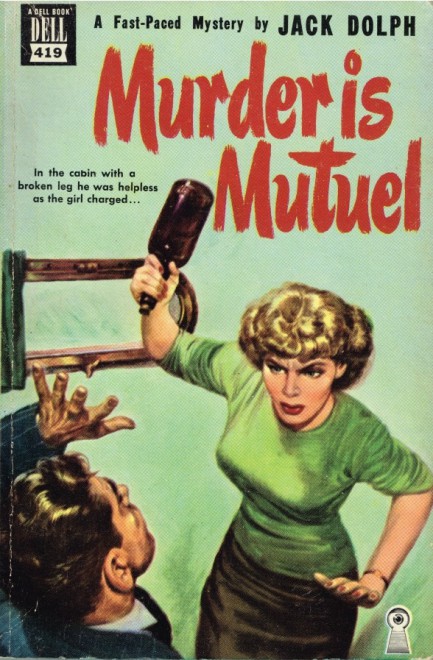
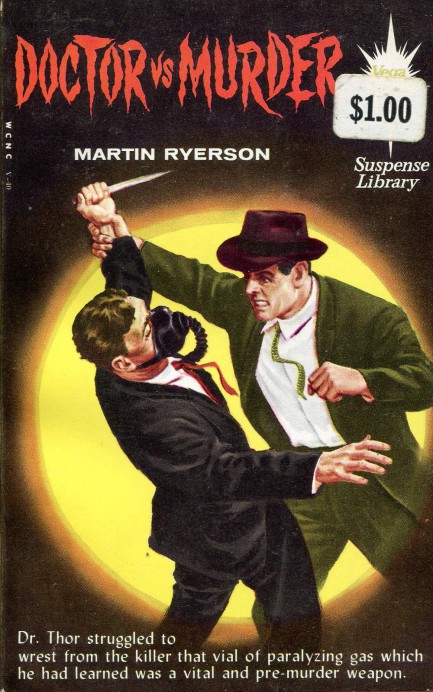
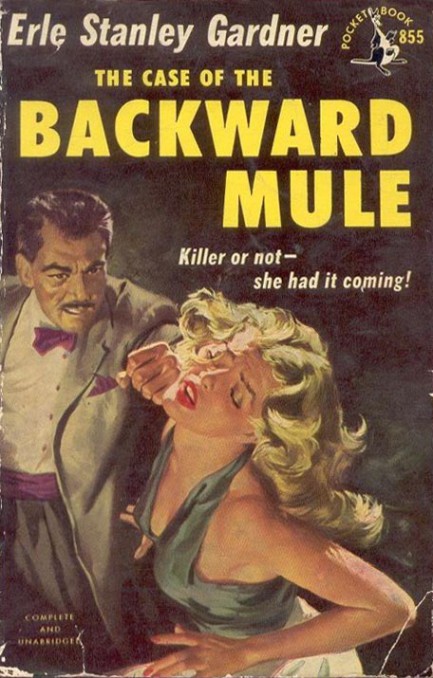
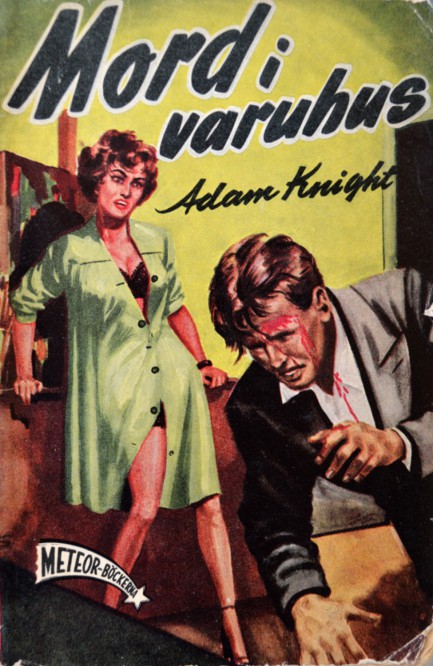
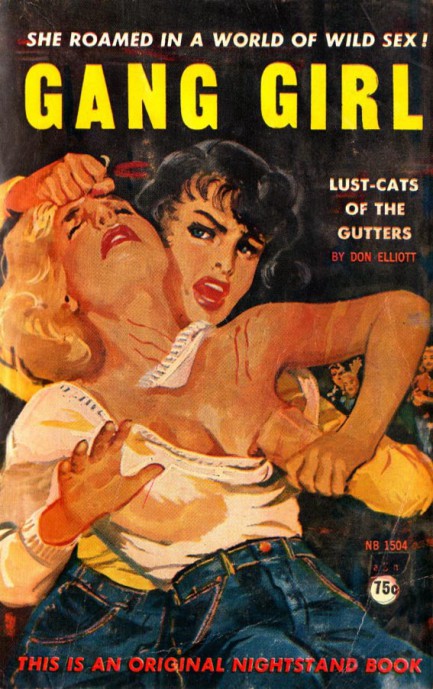
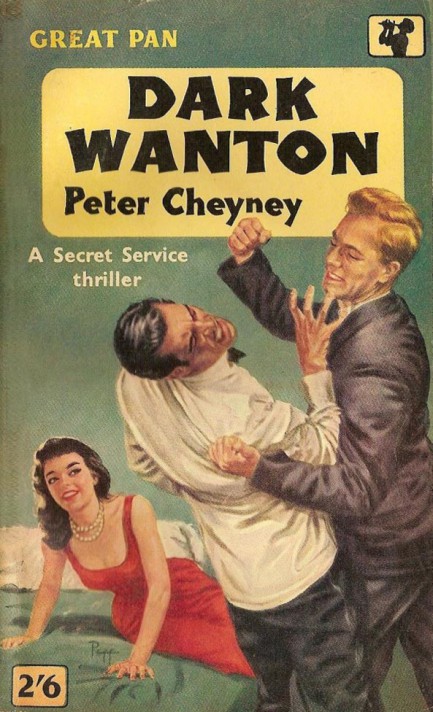
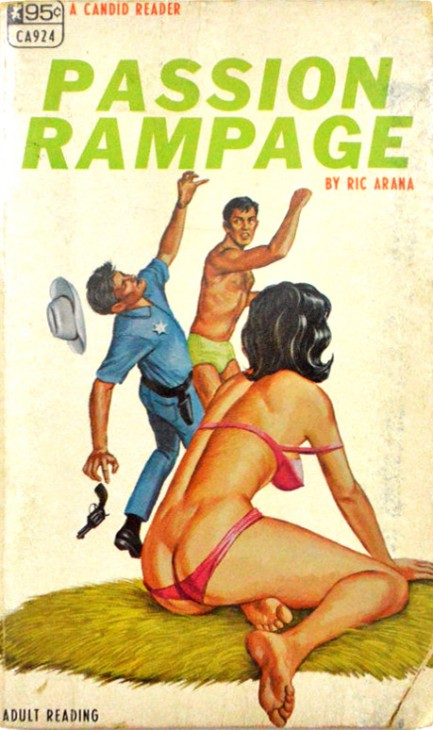
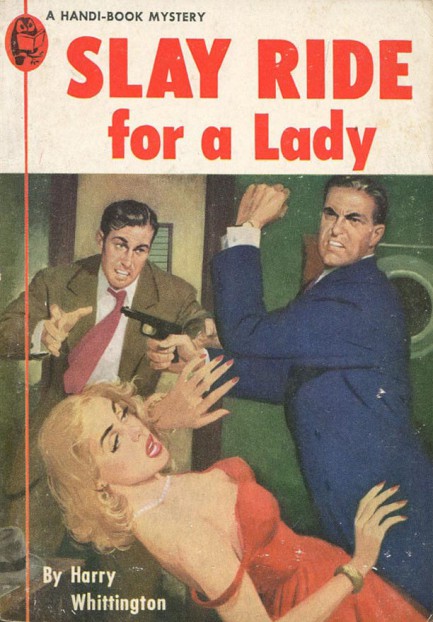
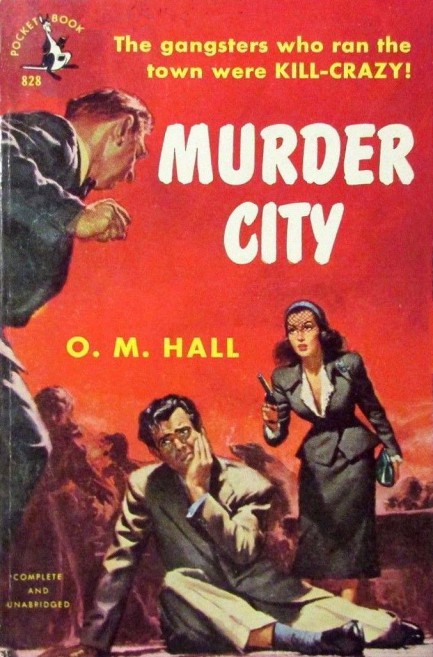
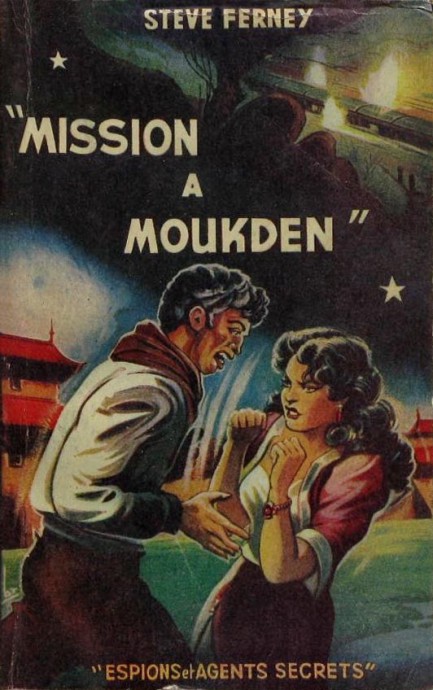
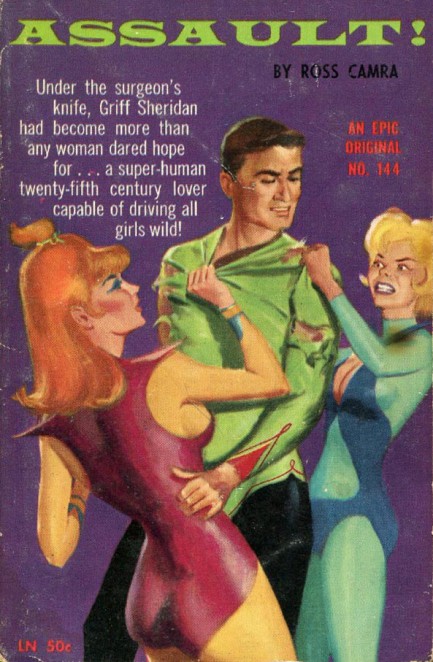
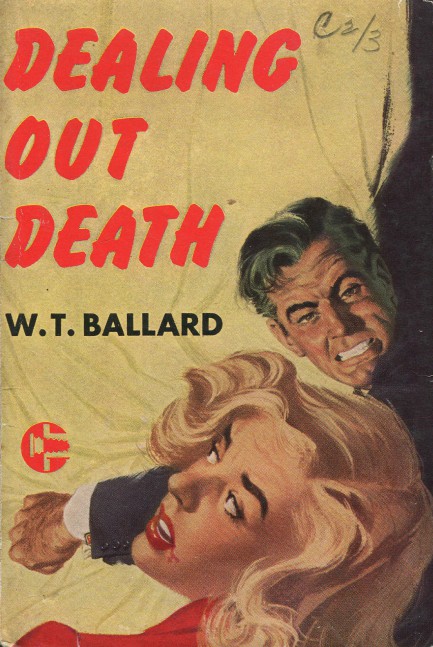
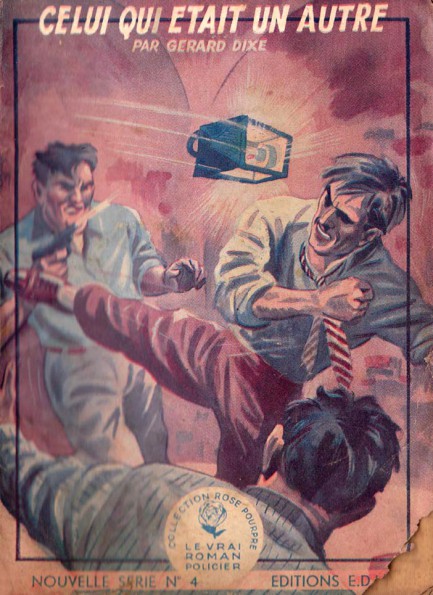
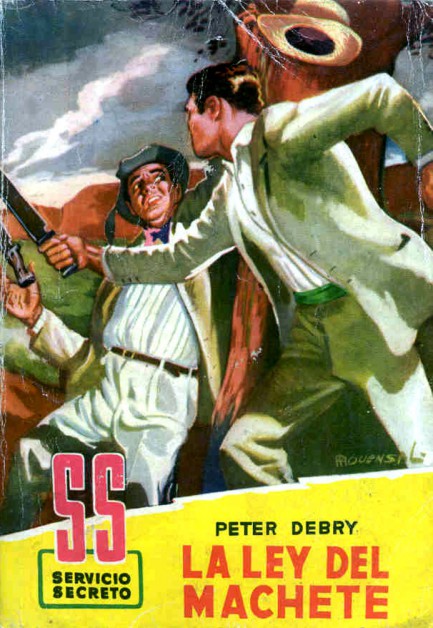
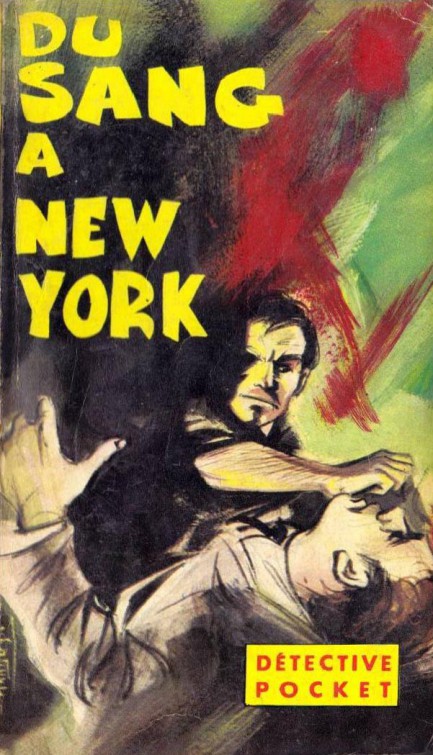
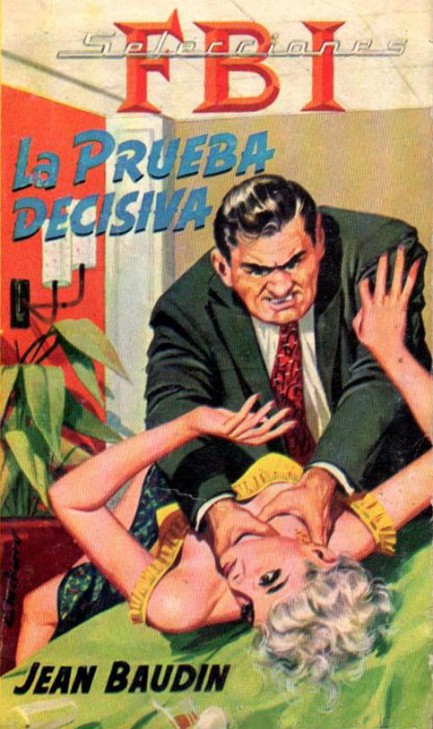
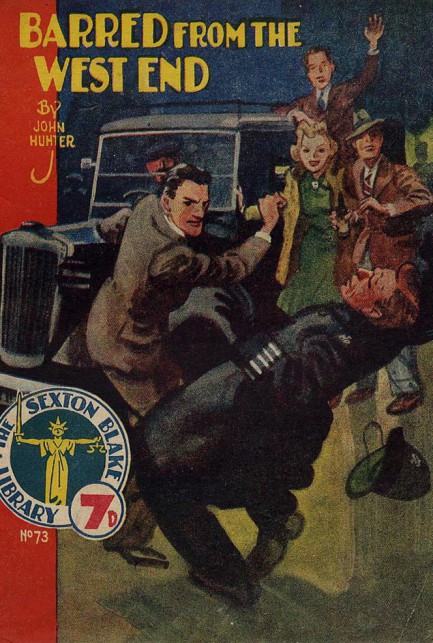
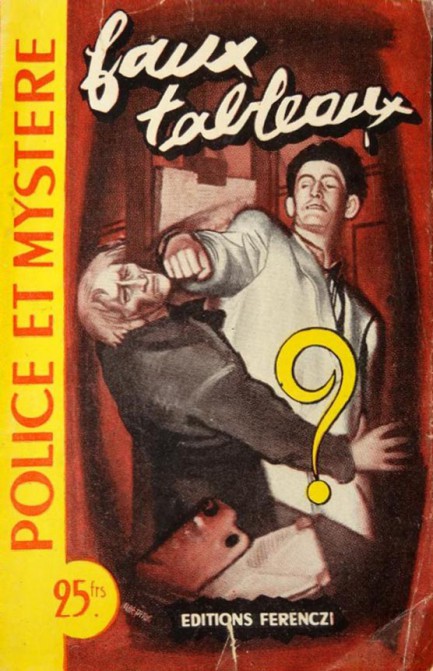
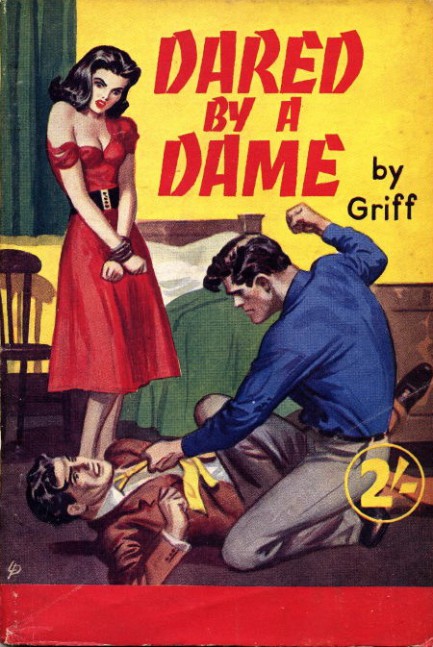
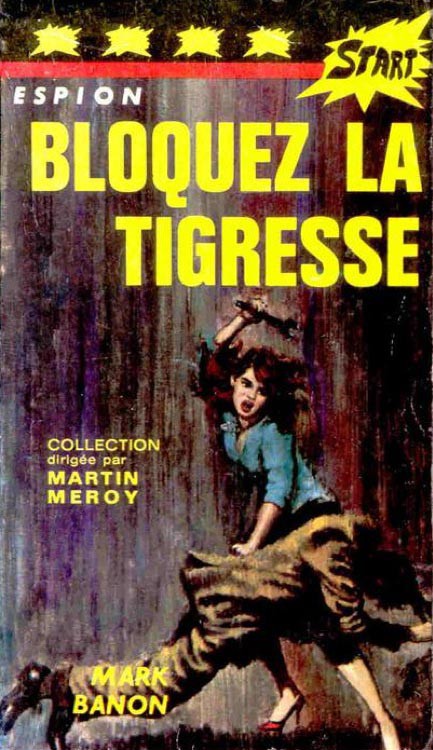
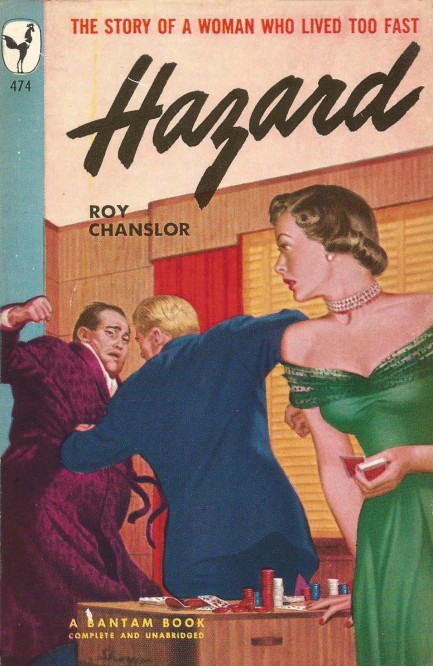

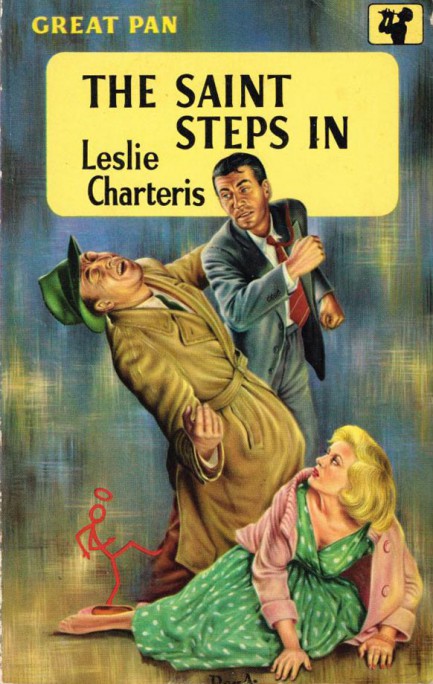
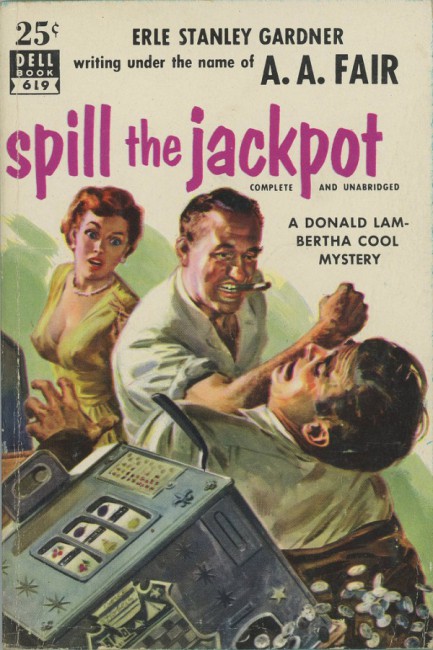

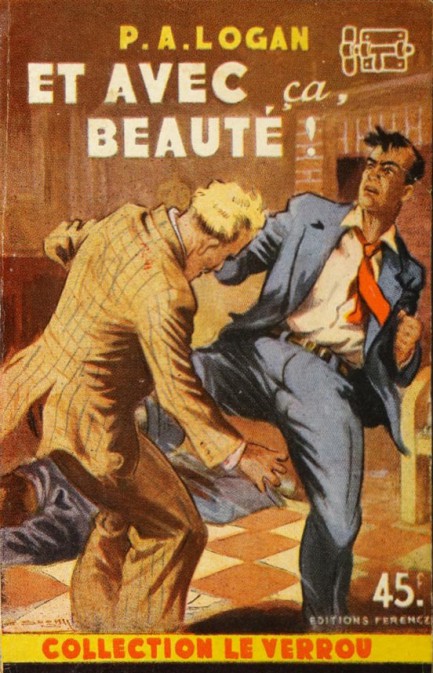
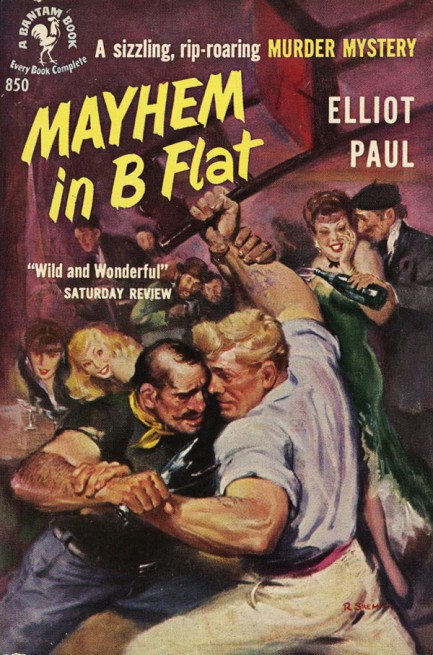
| Vintage Pulp | Jun 13 2015 |

It’s been a while since we’ve put together a pulp collection, so below you’ll find vintage cover art that uses the roulette wheel as a central element. They say only suckers play roulette, and that’s especially true in pulp, where even if you win, eventually you lose the money and more. Art is by Ernest Chiriacka, Robert Bonfils, Robert McGinnis, and many others.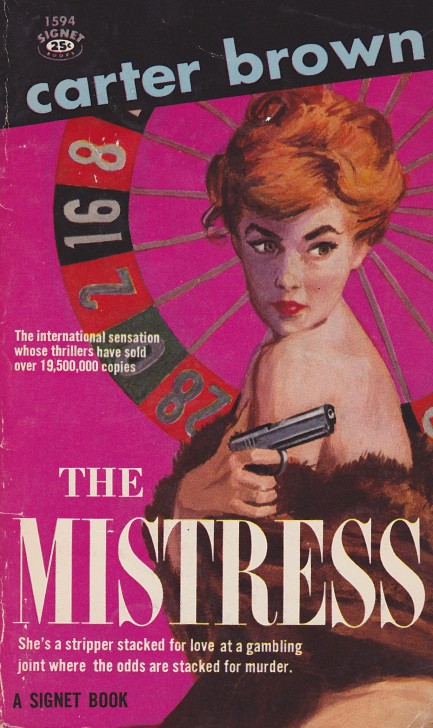
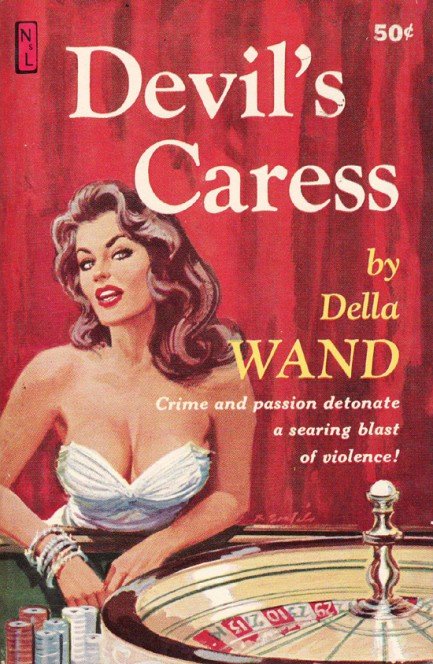
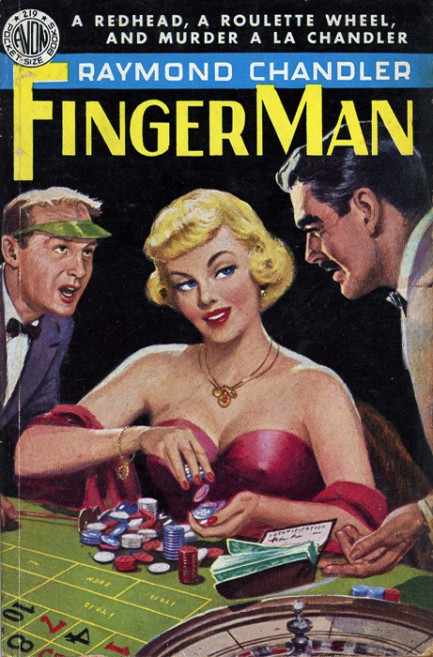
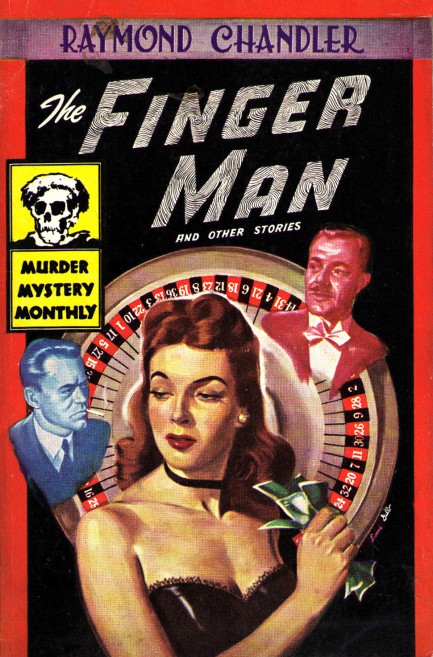
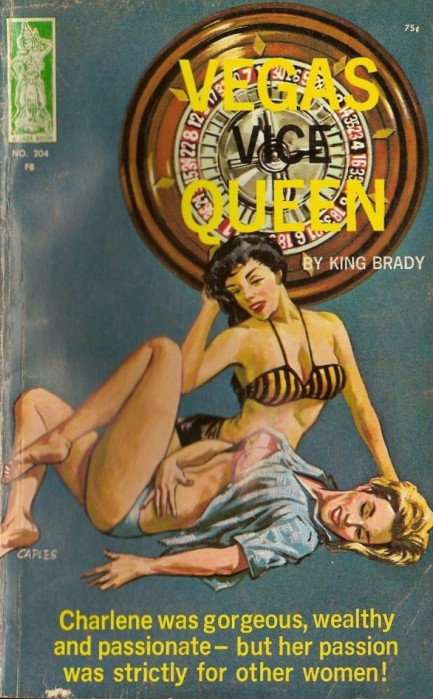
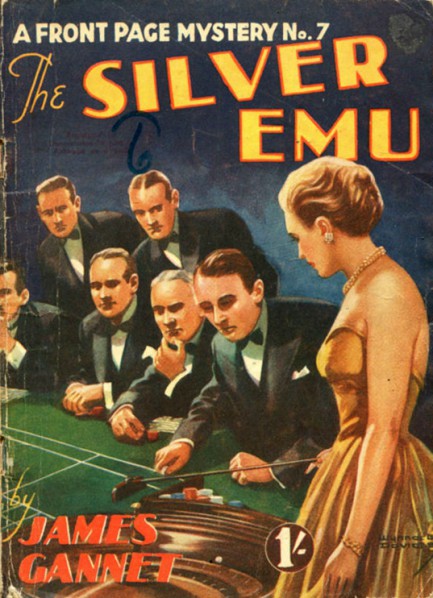
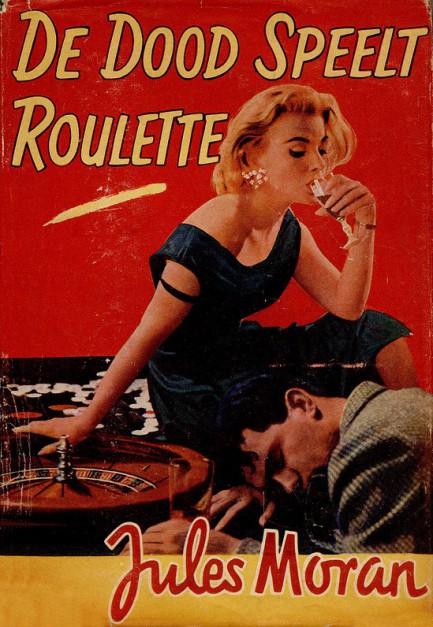
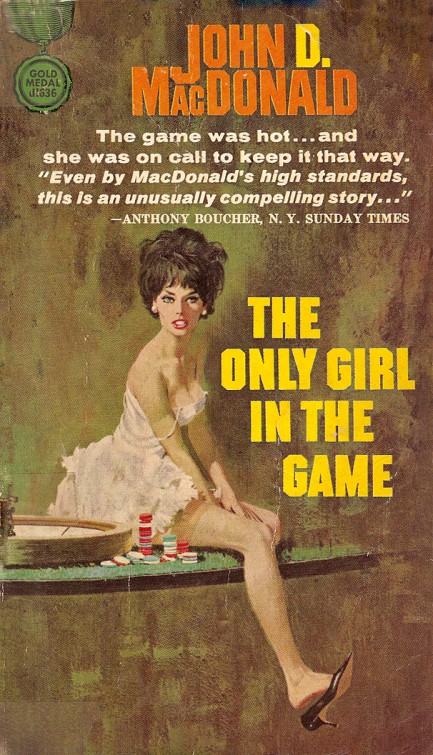
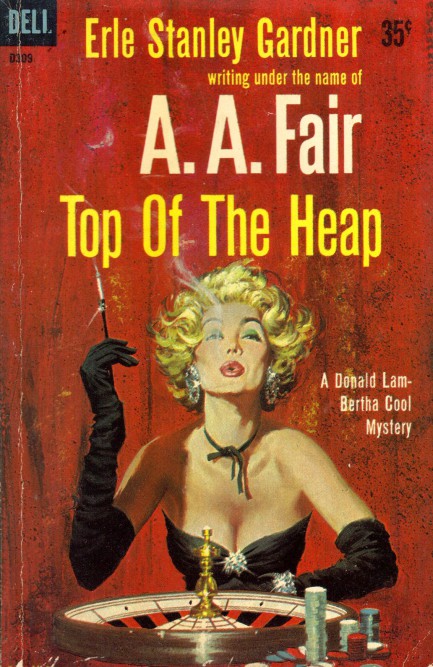
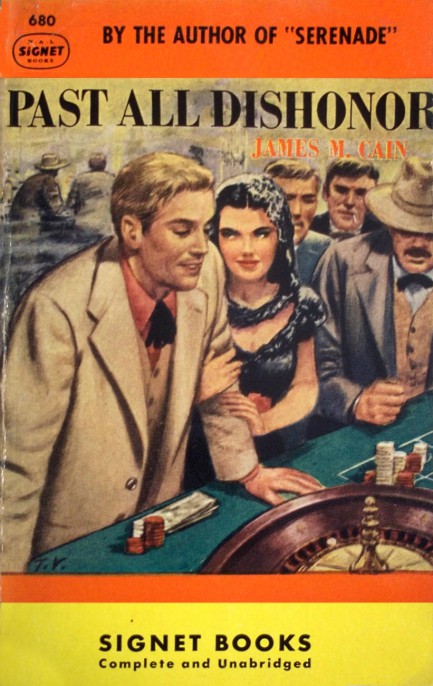
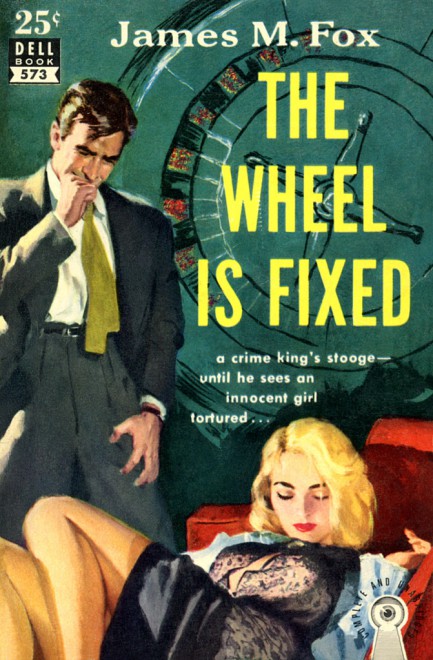
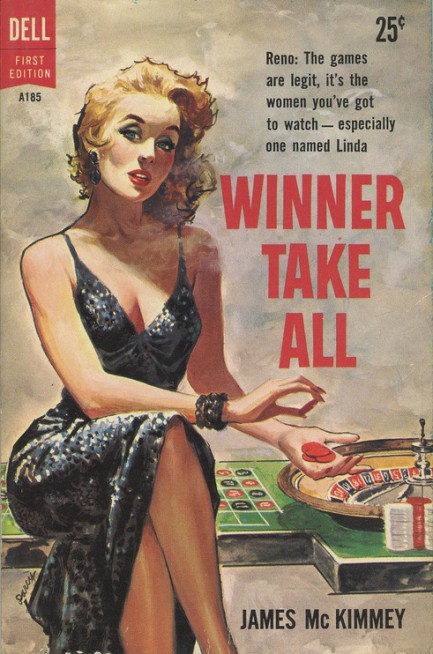
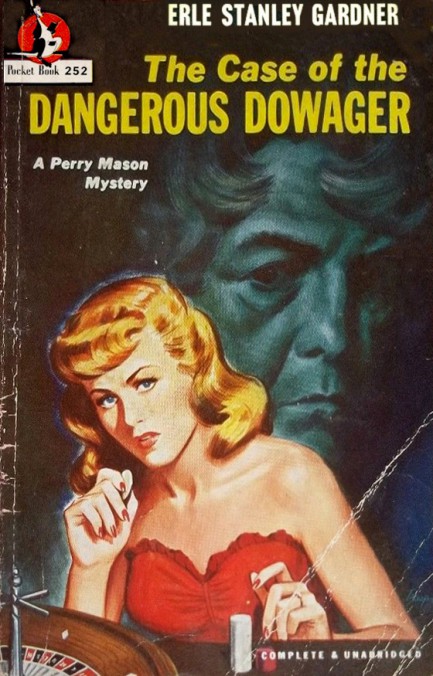
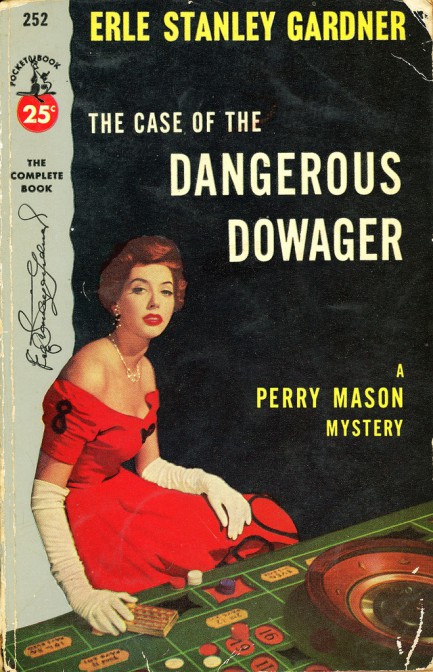
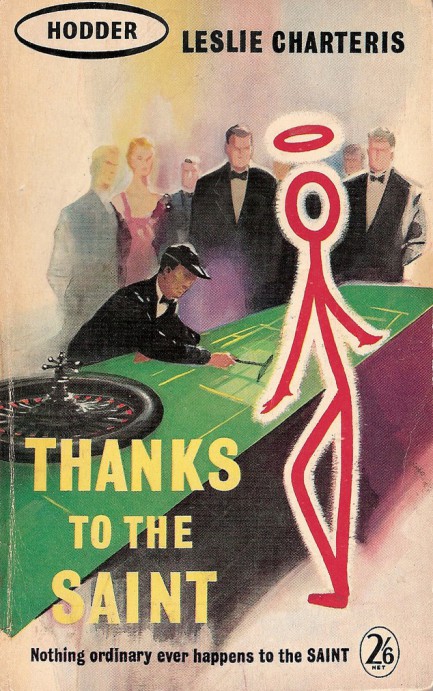

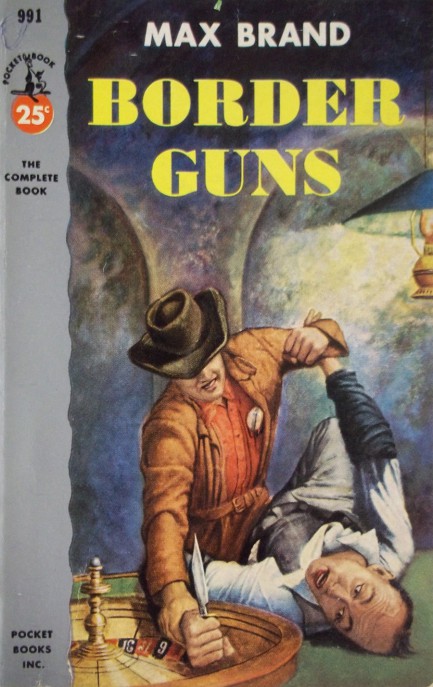
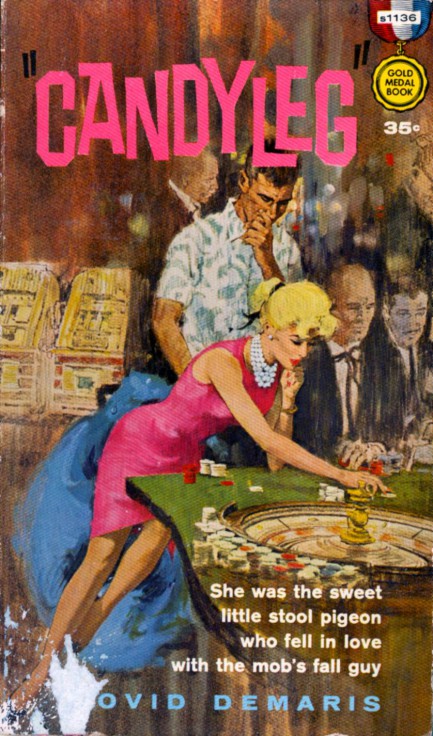
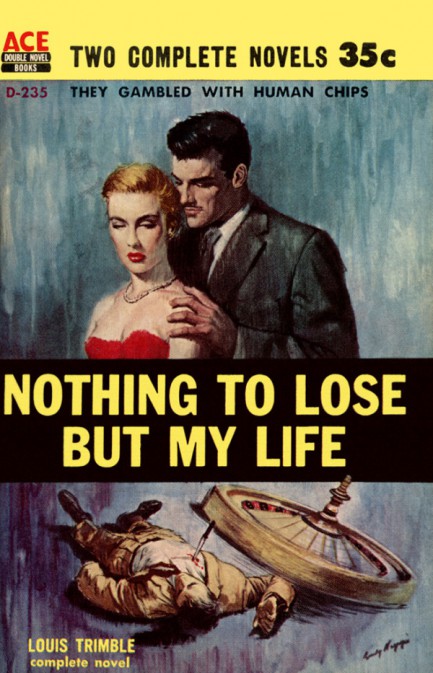
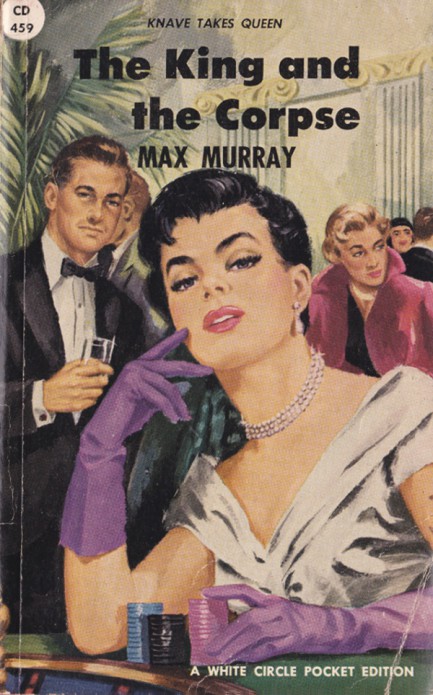
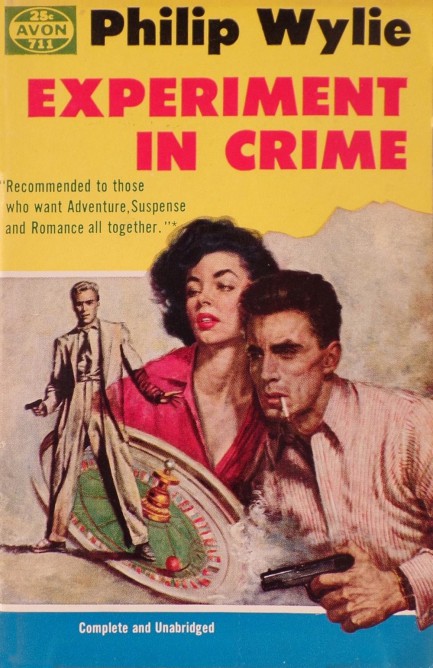
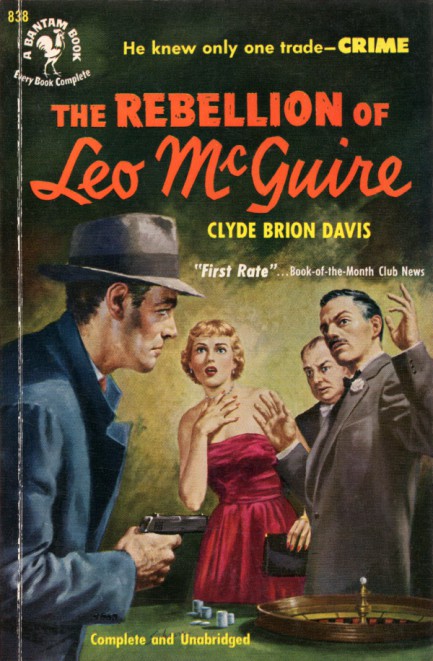
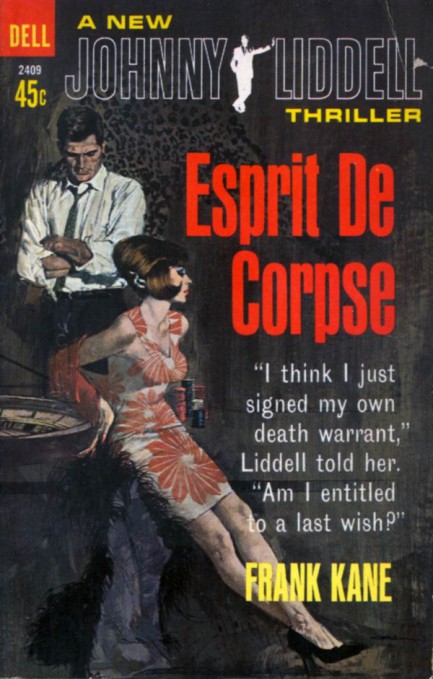
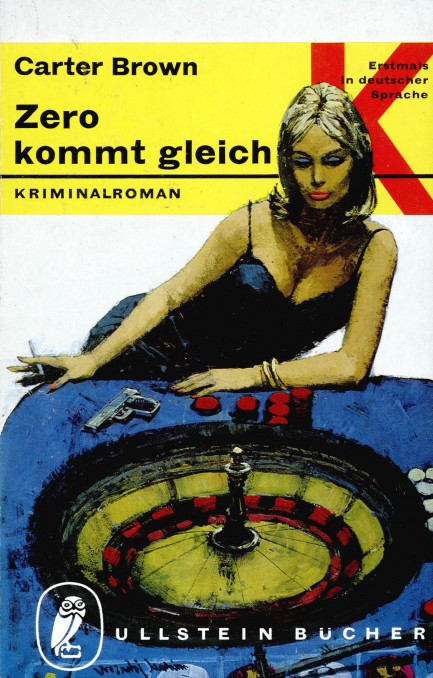

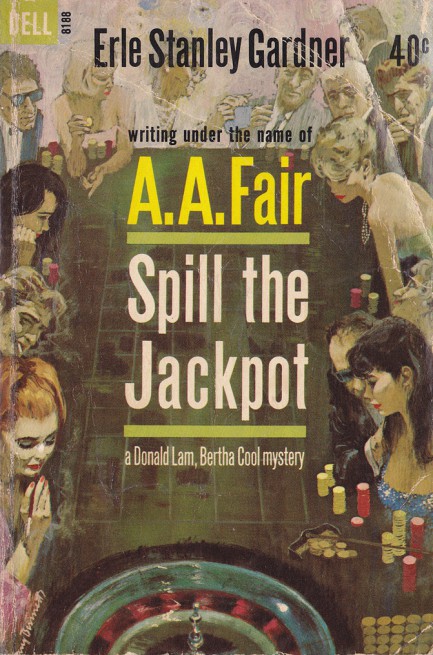
| Vintage Pulp | May 2 2015 |

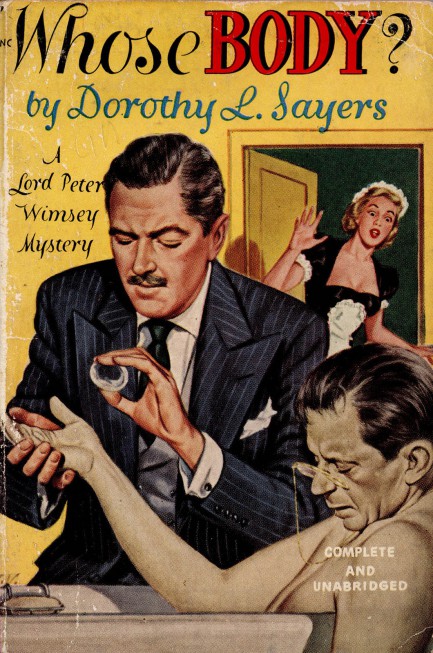
There’s no safe place in pulp—especially not the bathtub. Above and below is a collection of vintage covers featuring various unfortunates who chose the wrong time to be naked and defenseless. Well, most of them are naked. A few have clothes on for reasons we cannot discern. Art is by Willard Downes, Barye Phillips, Robert Bonfils, Jef de Wulf, and others. See another good example here.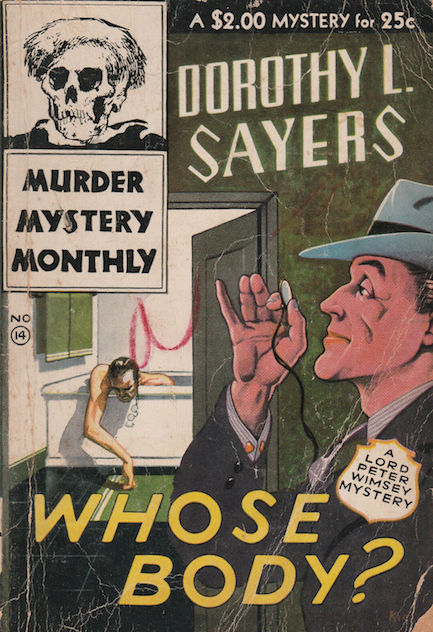
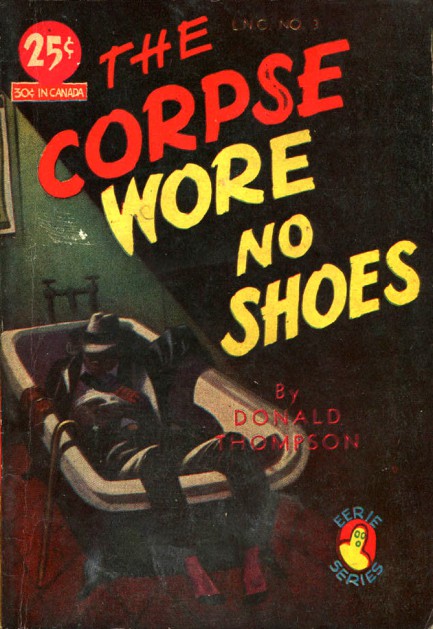
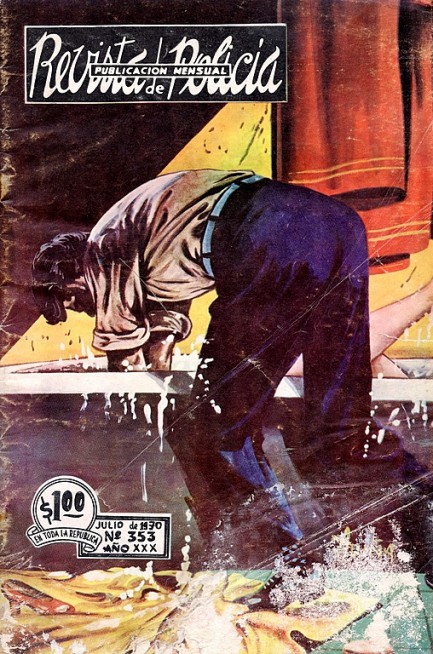
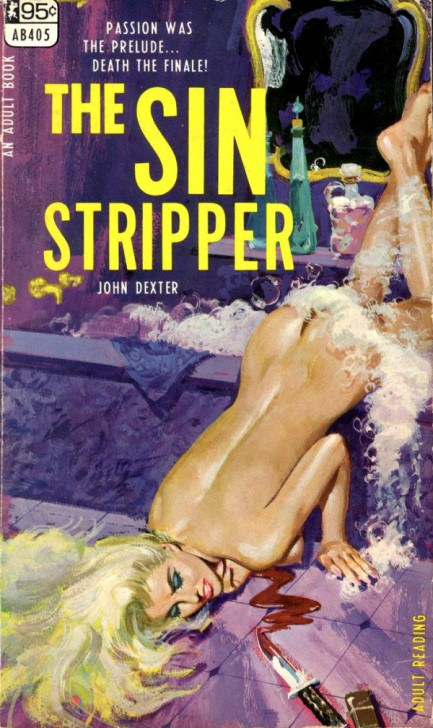
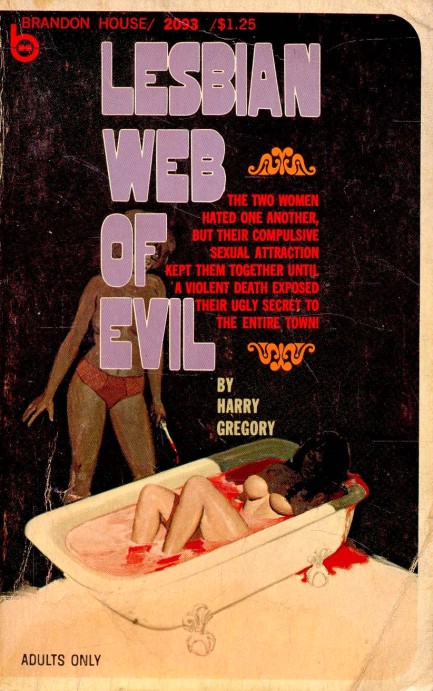
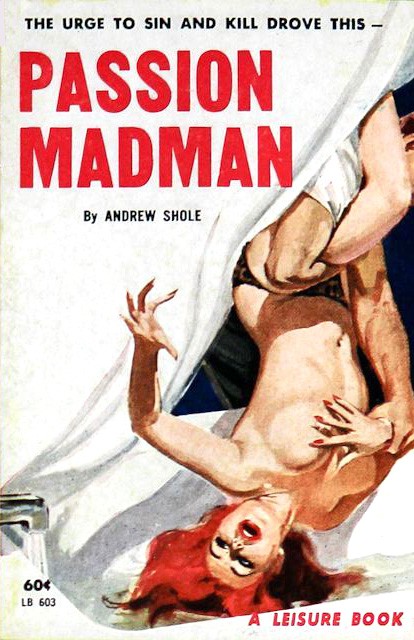
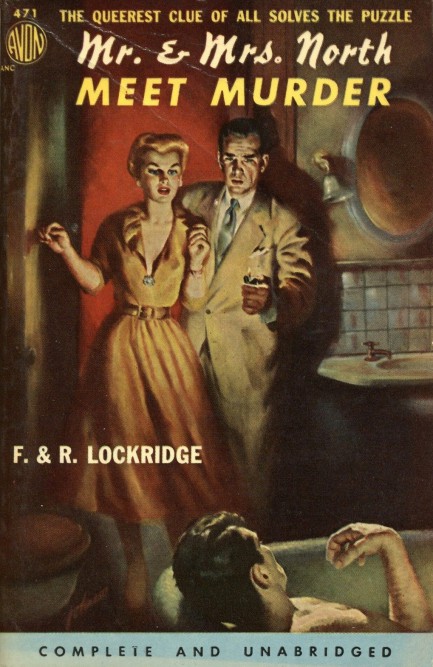
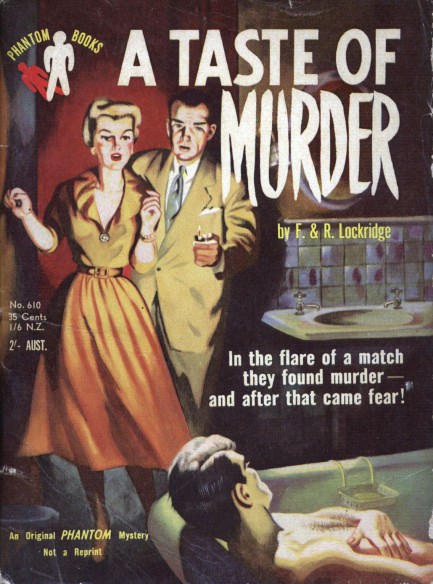
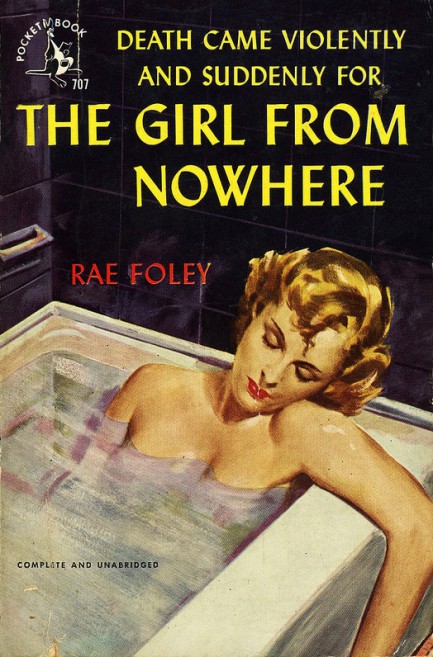
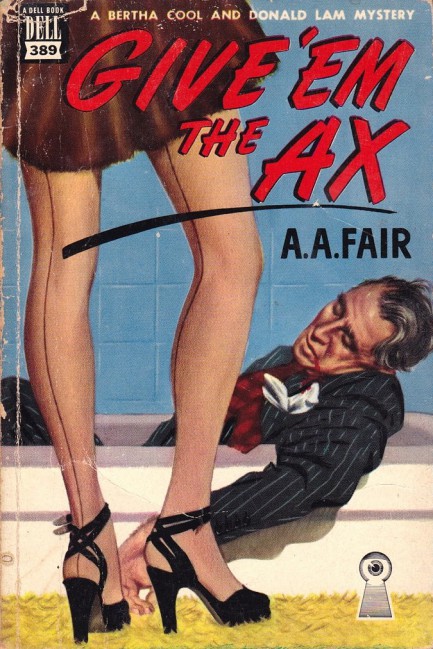
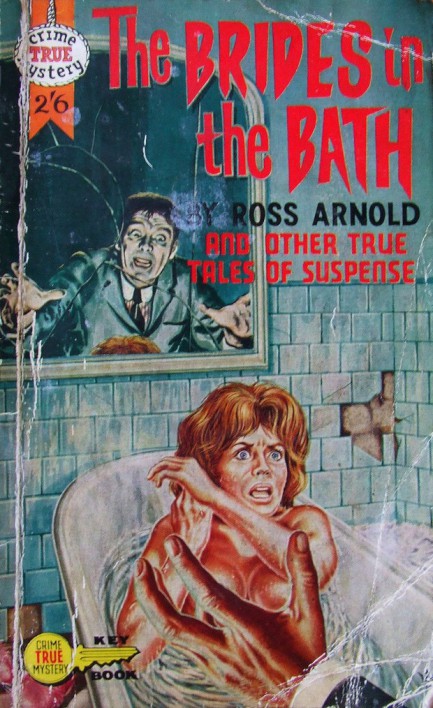
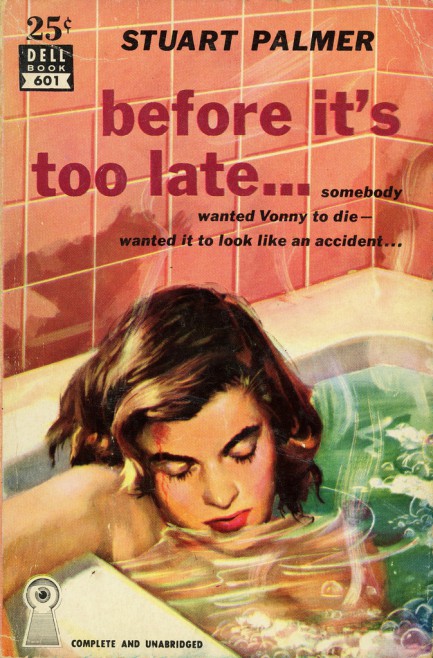
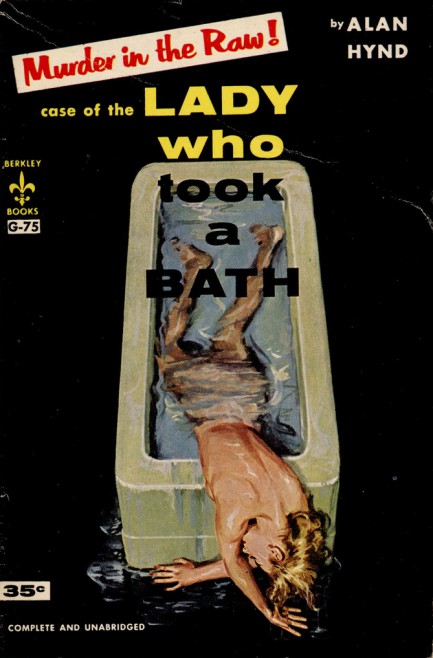
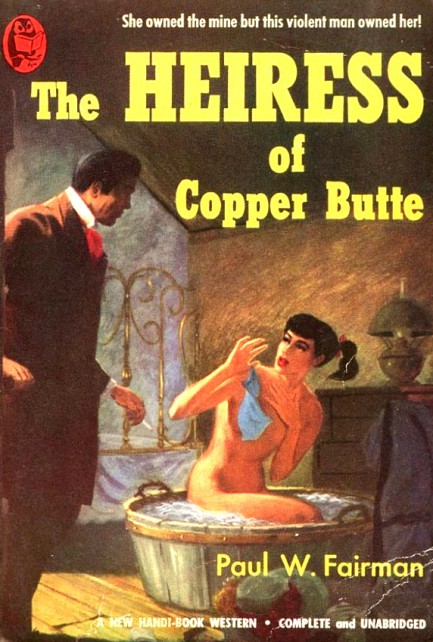
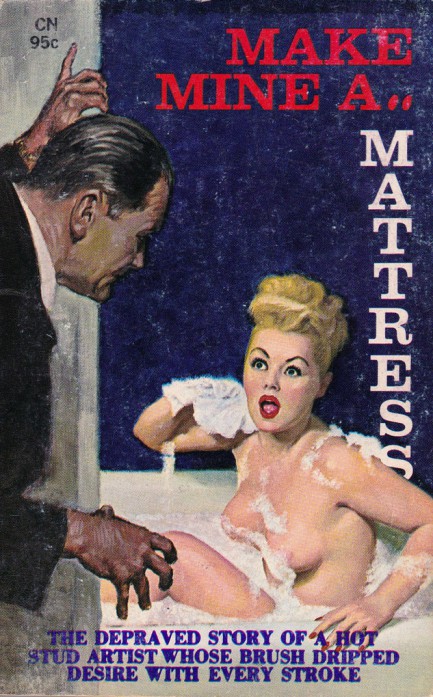
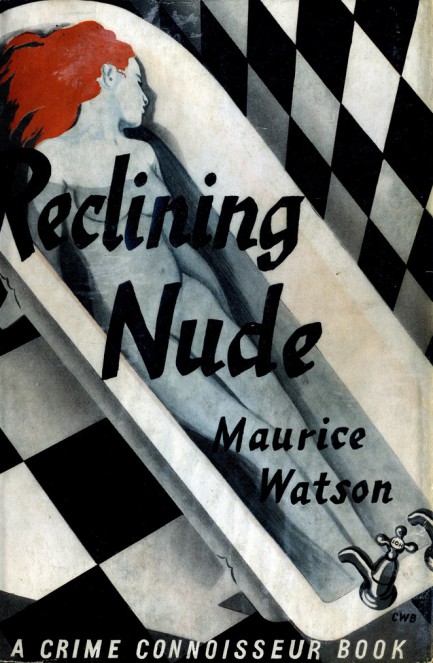
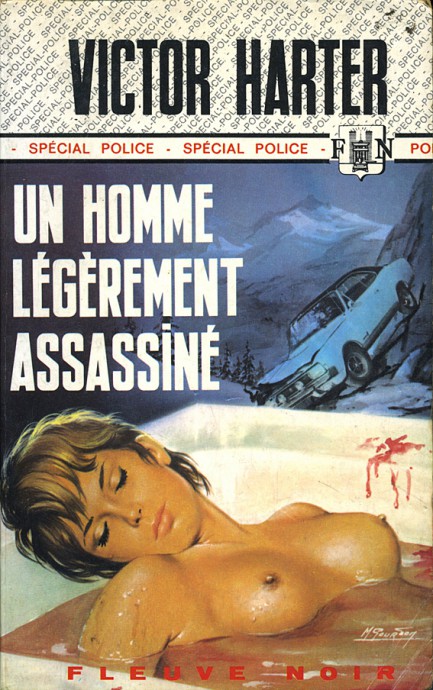
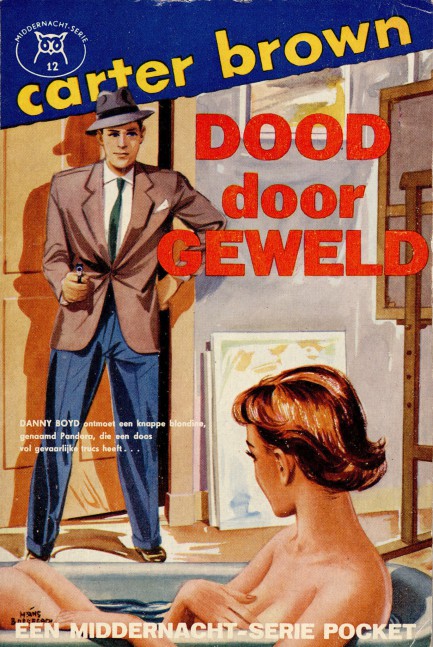
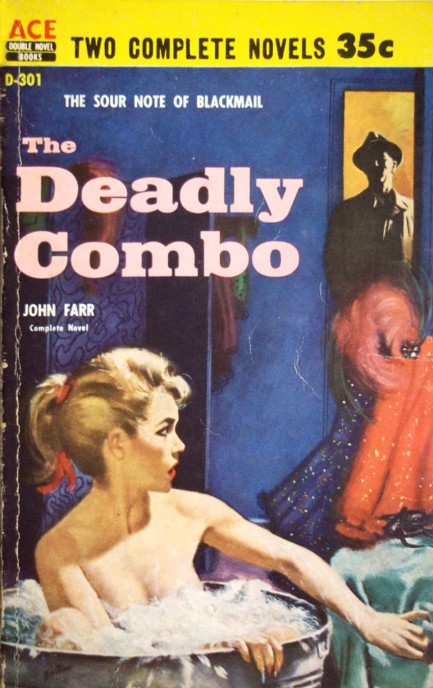
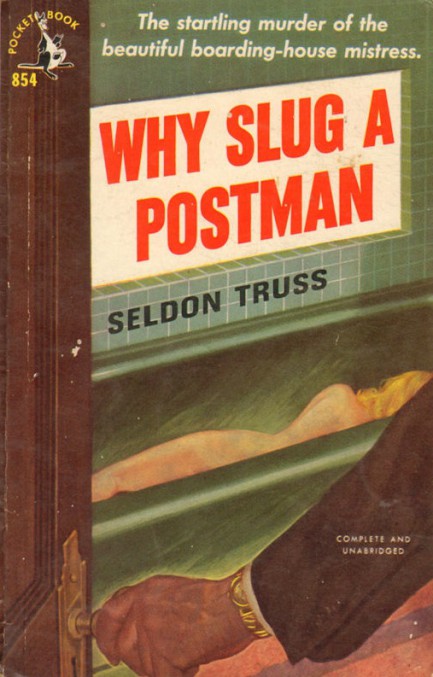
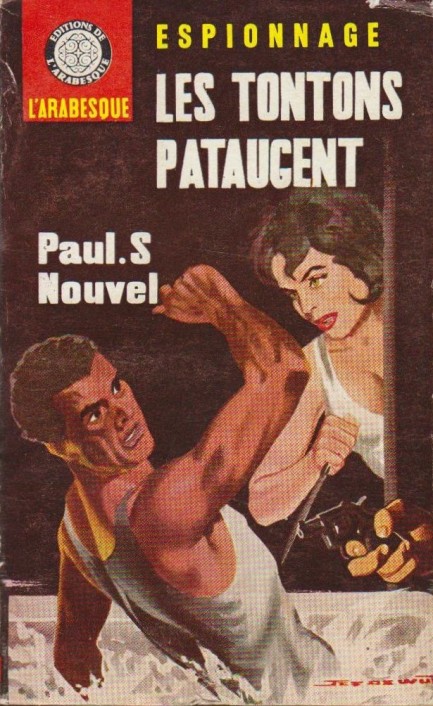
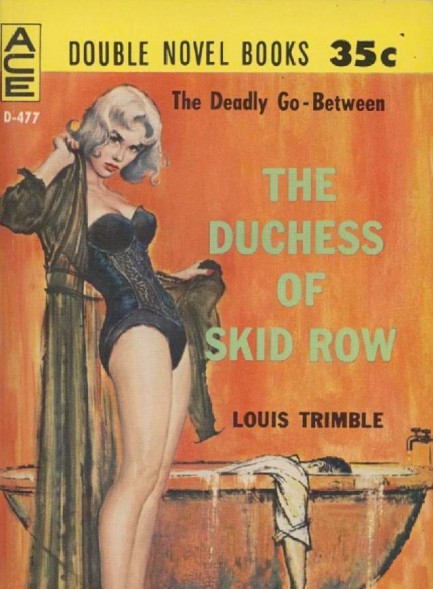
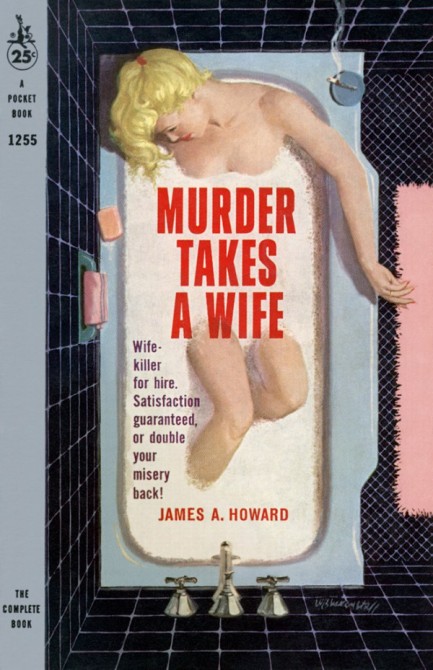
| Vintage Pulp | Apr 4 2015 |

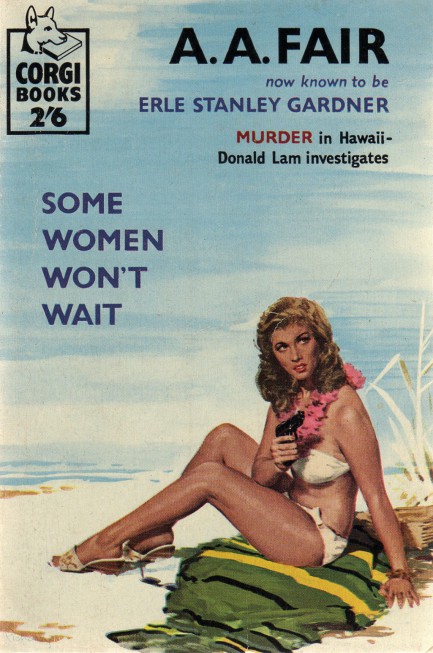
We managed to sneak this one in, but like we said above, we’re on vacation now. The Pulp Intl. girlfriends insisted. And by insisted we mean that after years of reading the website they’ve learned to use violent means to get their way. 1959 on this cover, incidentally, by John Richards.
| Vintage Pulp | Jul 10 2014 |

We’ve compiled a collection of Bob Abbett covers, something we should have done years ago. Throughout the 1950s, 1960s and 1970s, working in a couple of distinct styles, he produced some of the most striking book fronts to be found on newsstands. See eighteen pieces of evidence below.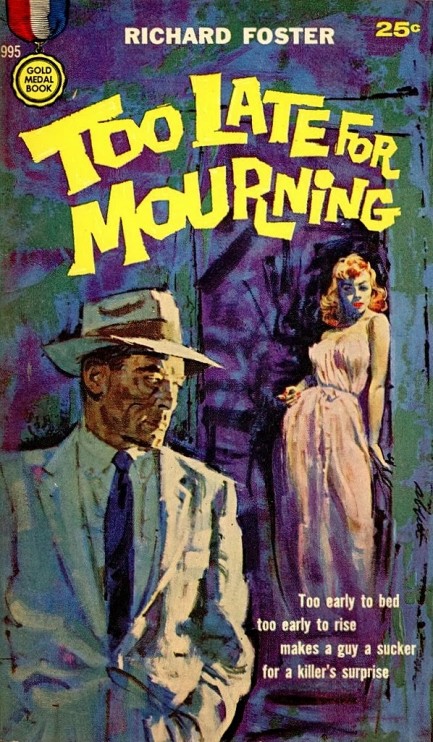
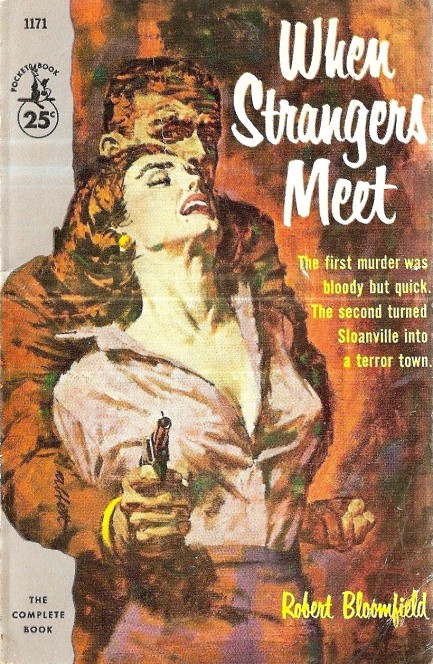
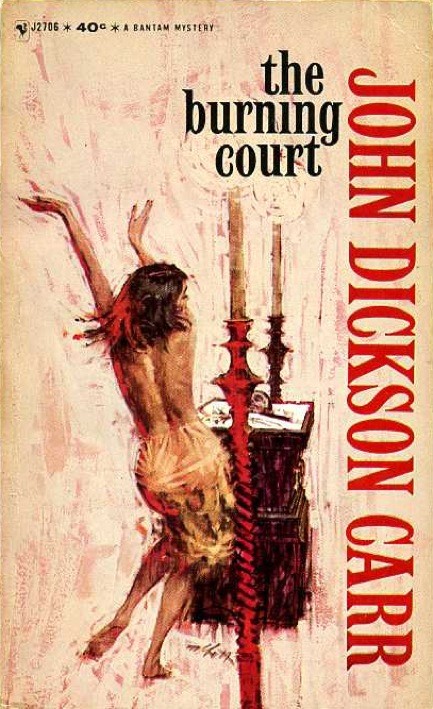
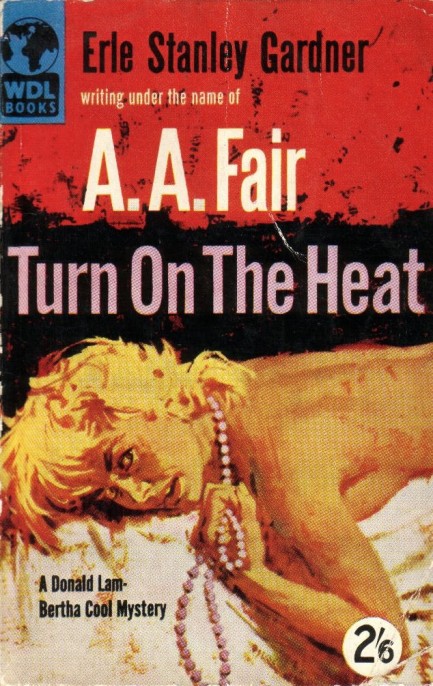
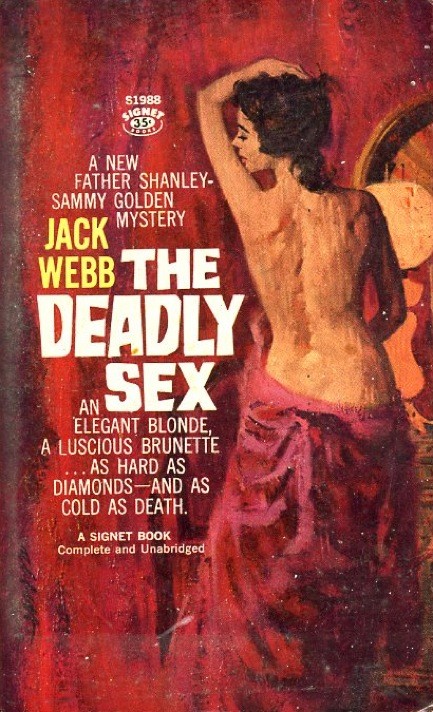

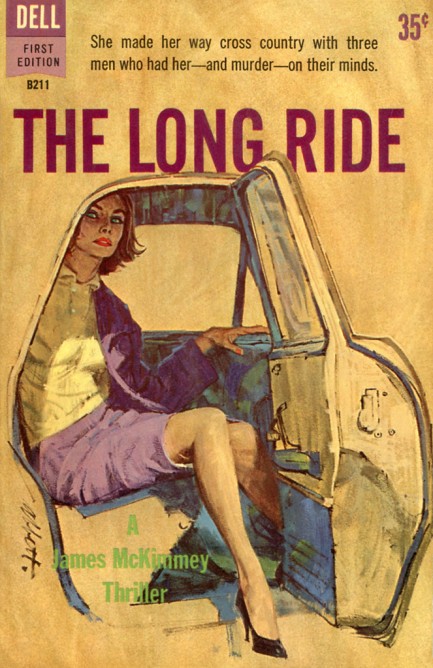
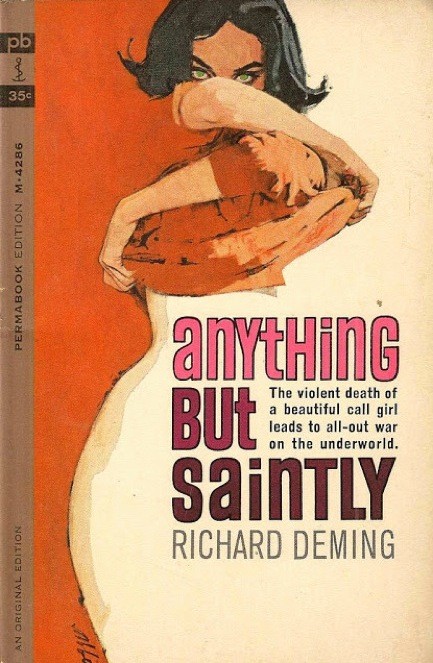
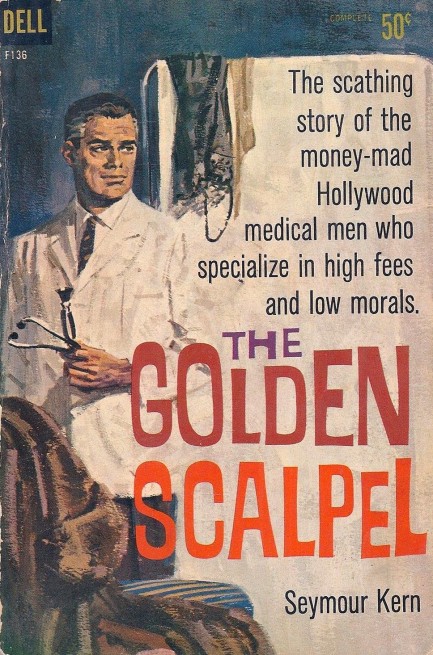
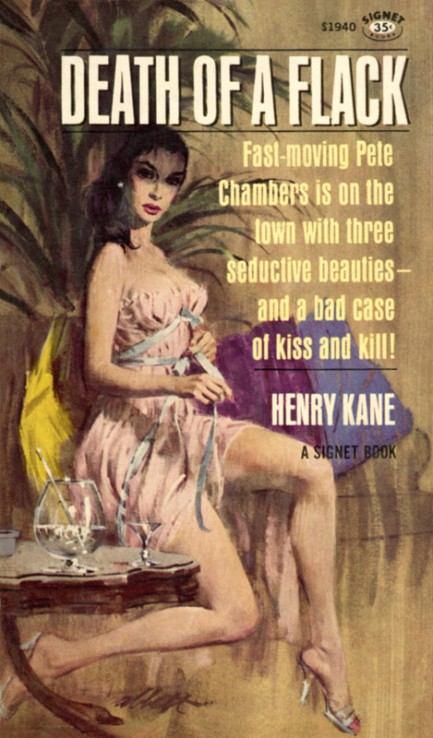
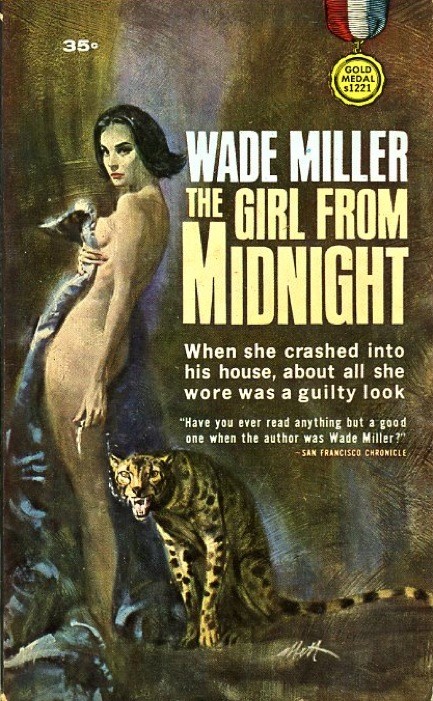
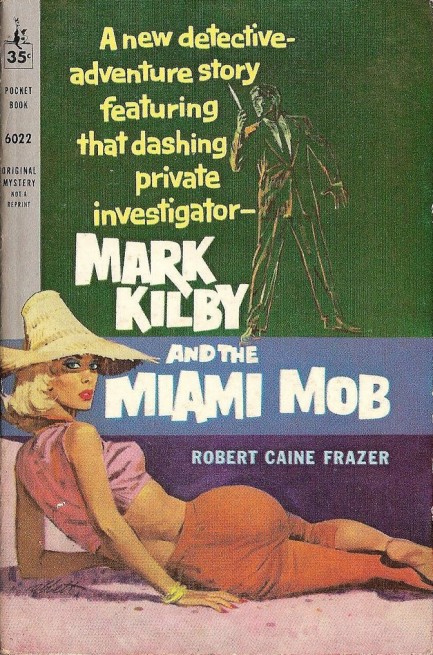
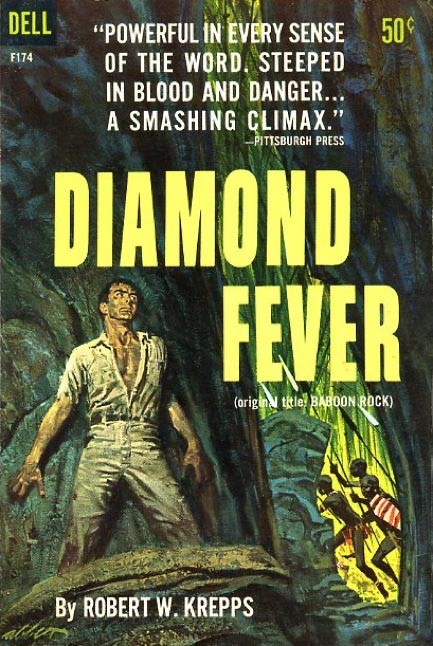
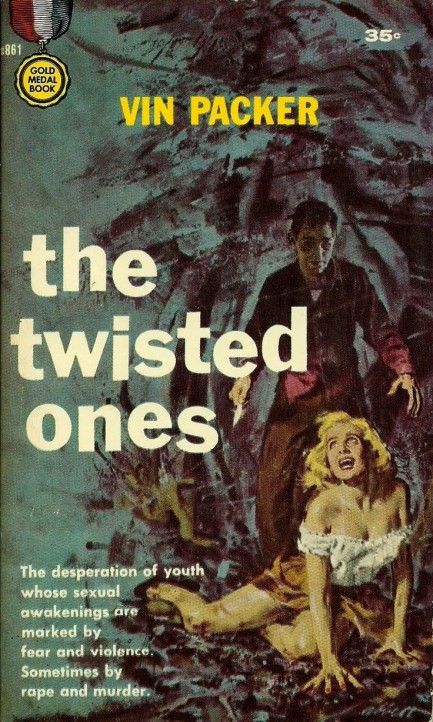
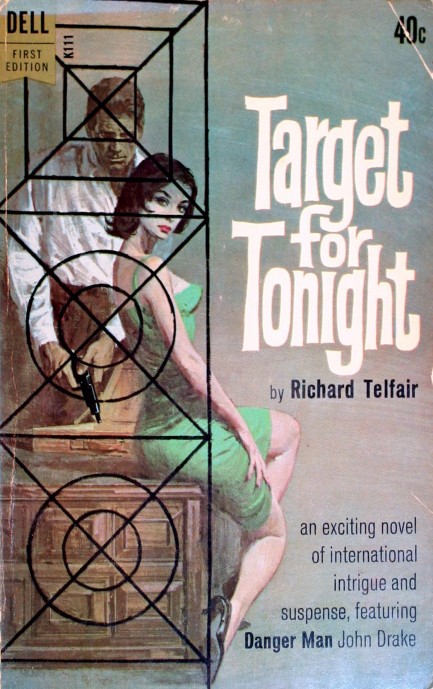
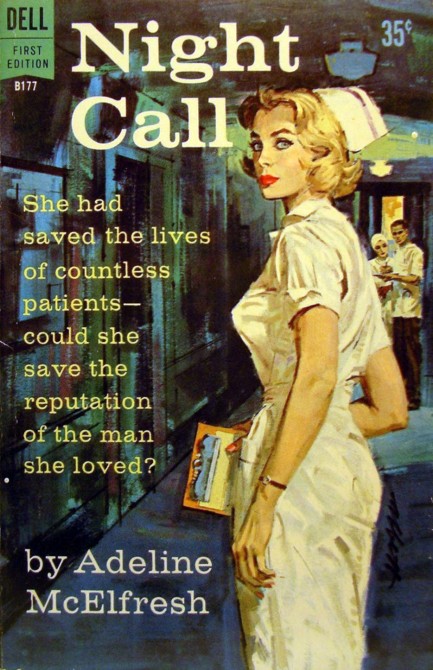
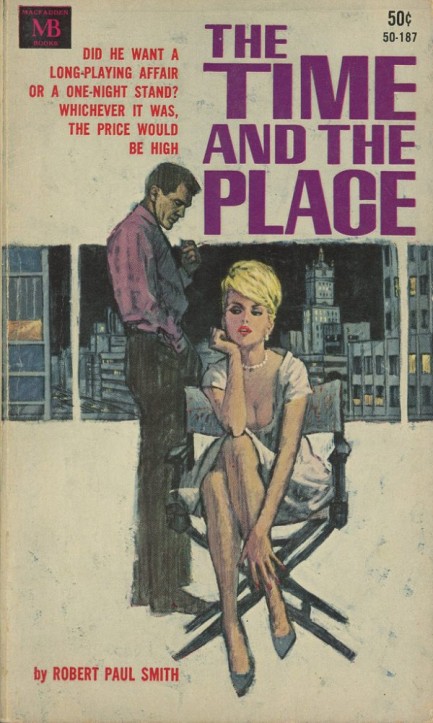
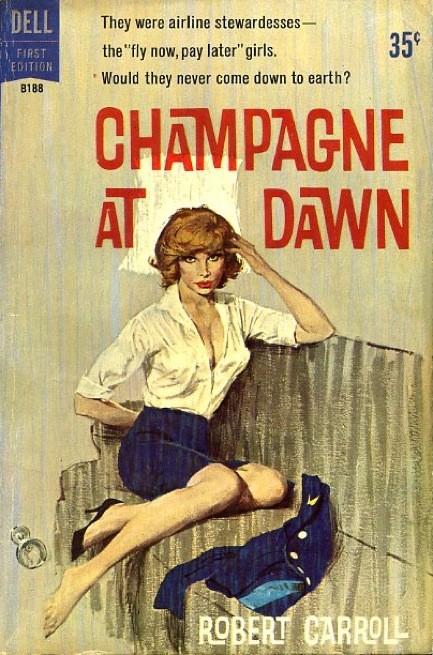
| Vintage Pulp | Nov 6 2012 |


If you lower your shades or blinds all the way it’s a deterrent. But if you leave them an inch or three open, it’s really kind of an invitation, don’t you think? Everything is sexier when viewed through a crack. The Mahatma said that. Anyway, call it peeping, voyeurism, committing a misdemeanor, or just being a complete dick—it’s a time-honored plot device in pulp and sleaze fiction. Above and below are eleven of the best covers depicting the art of enjoying a cheap thrill.
